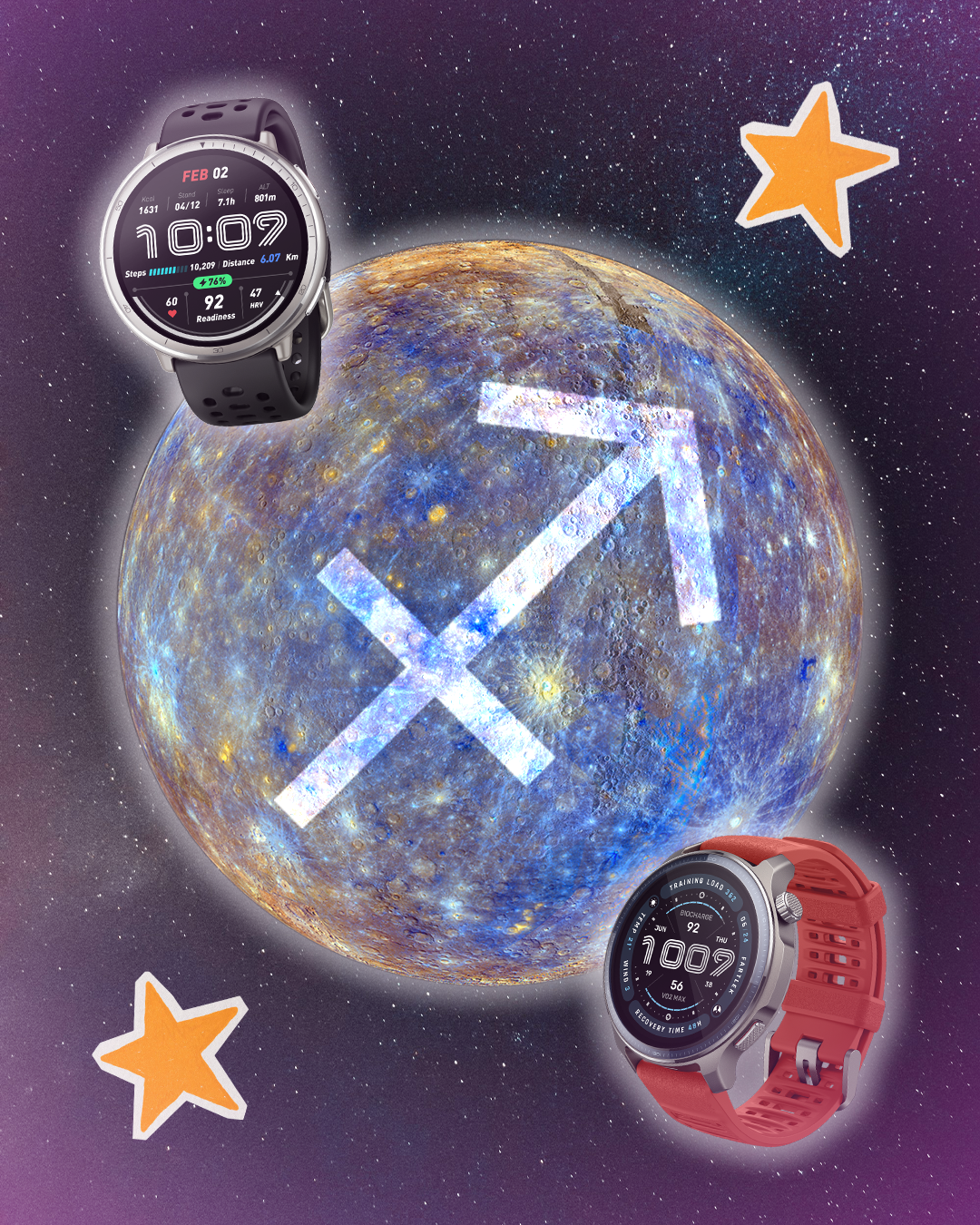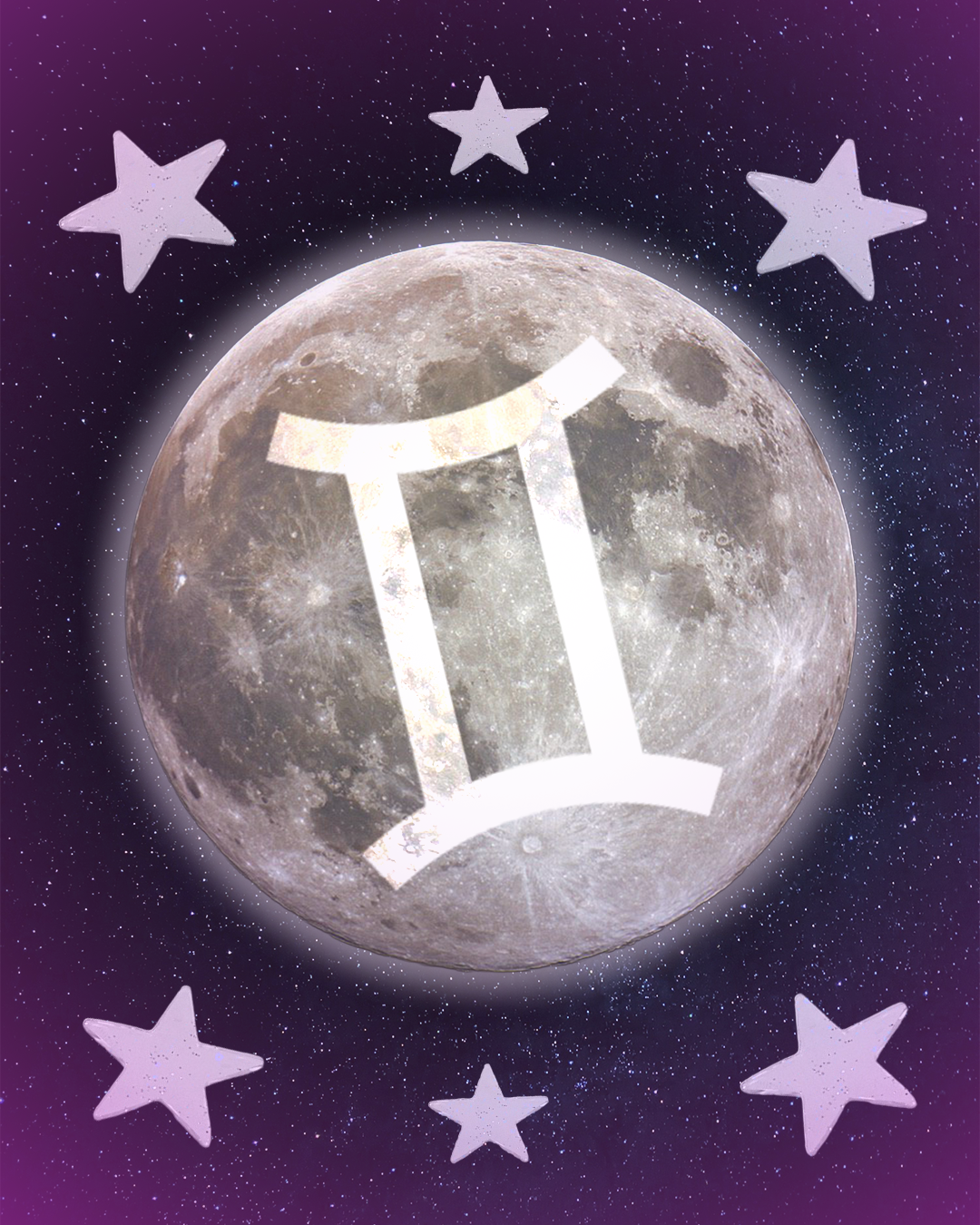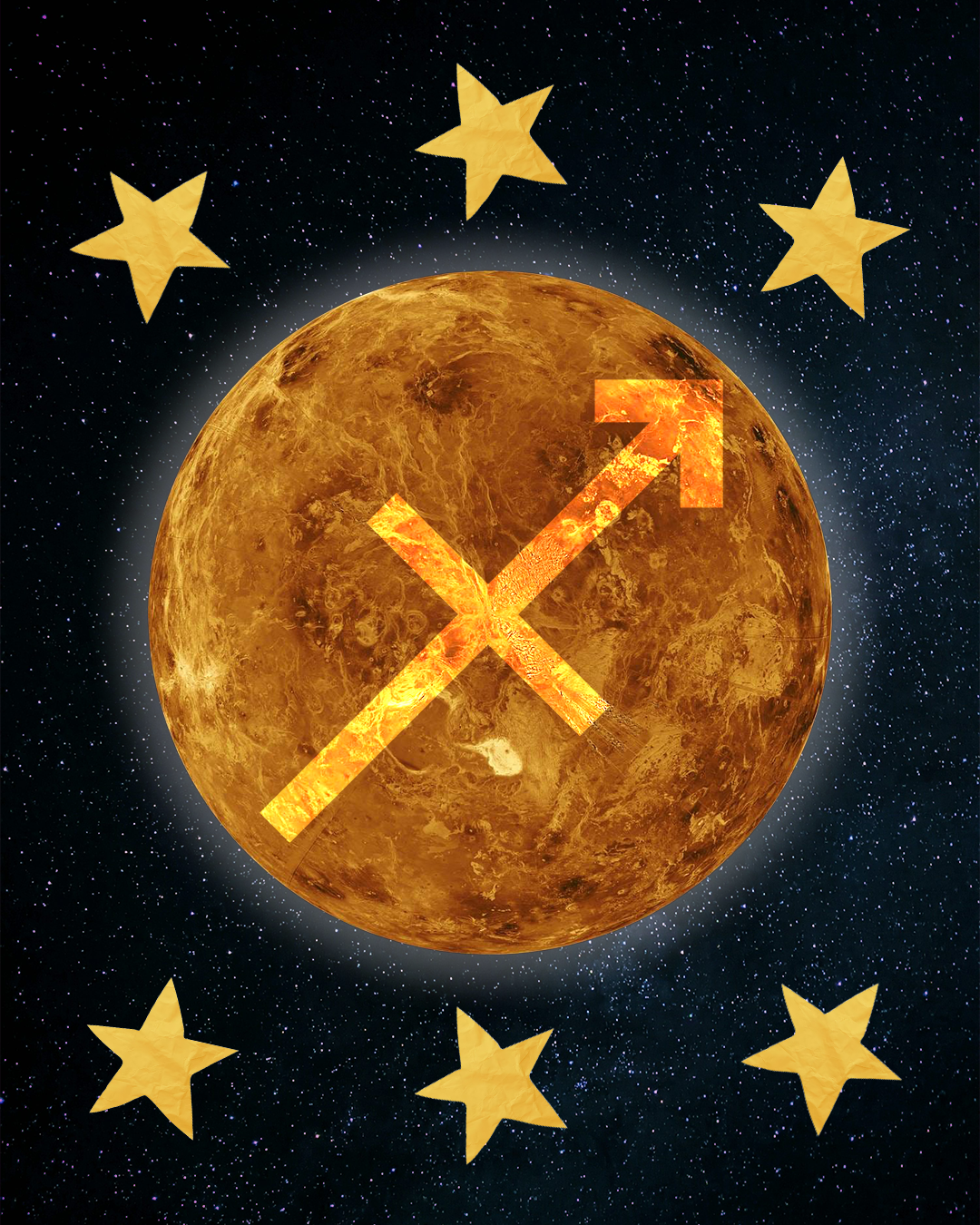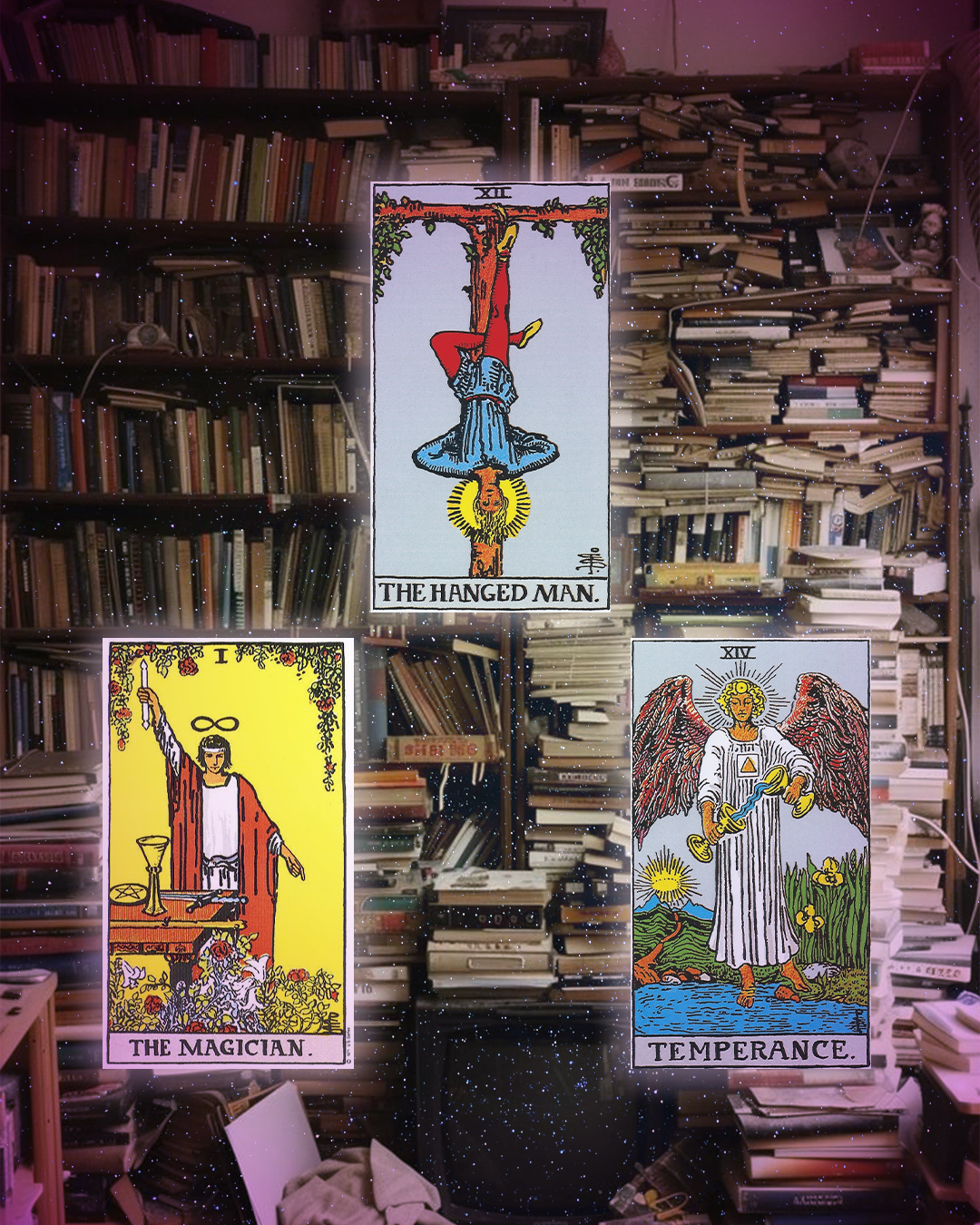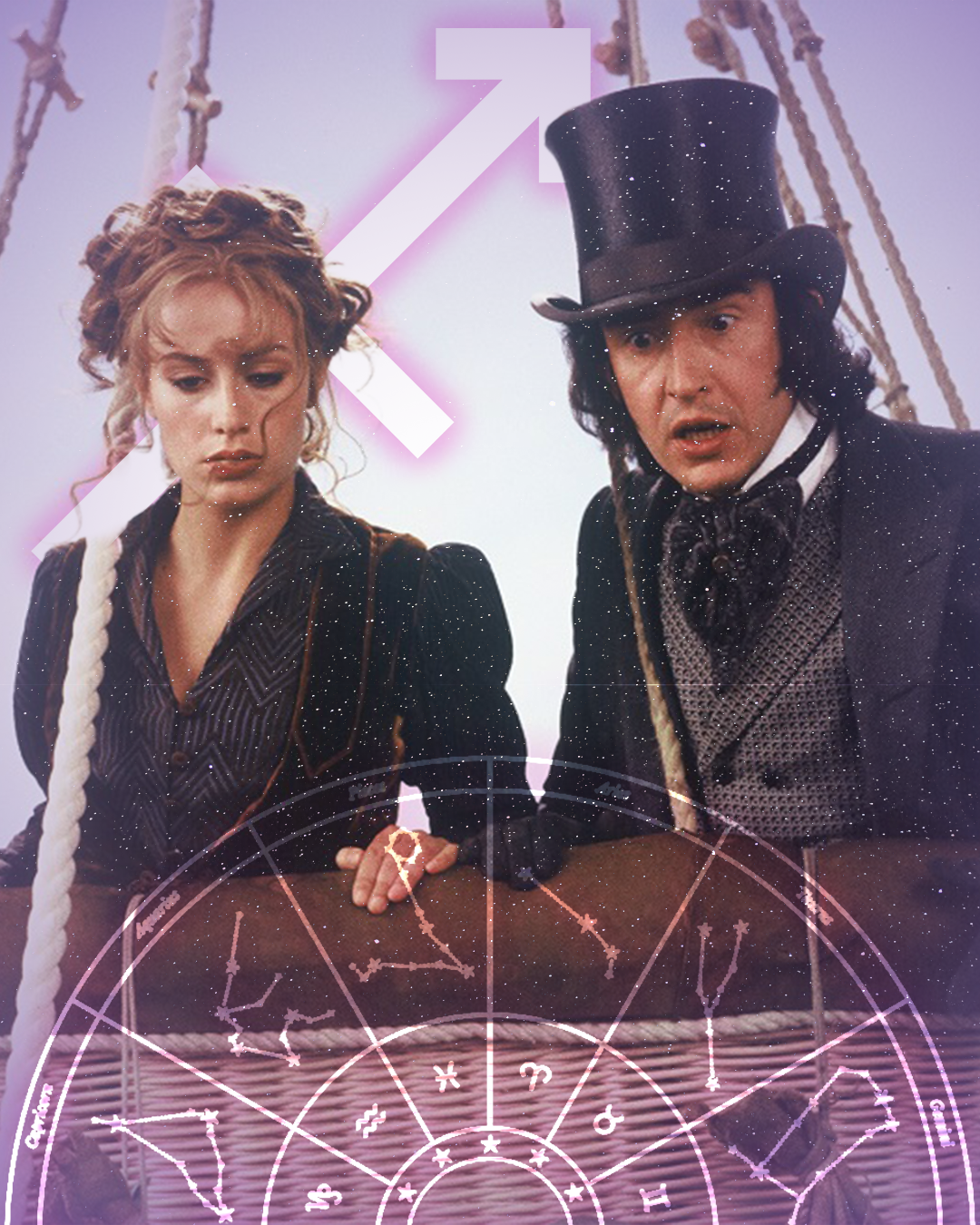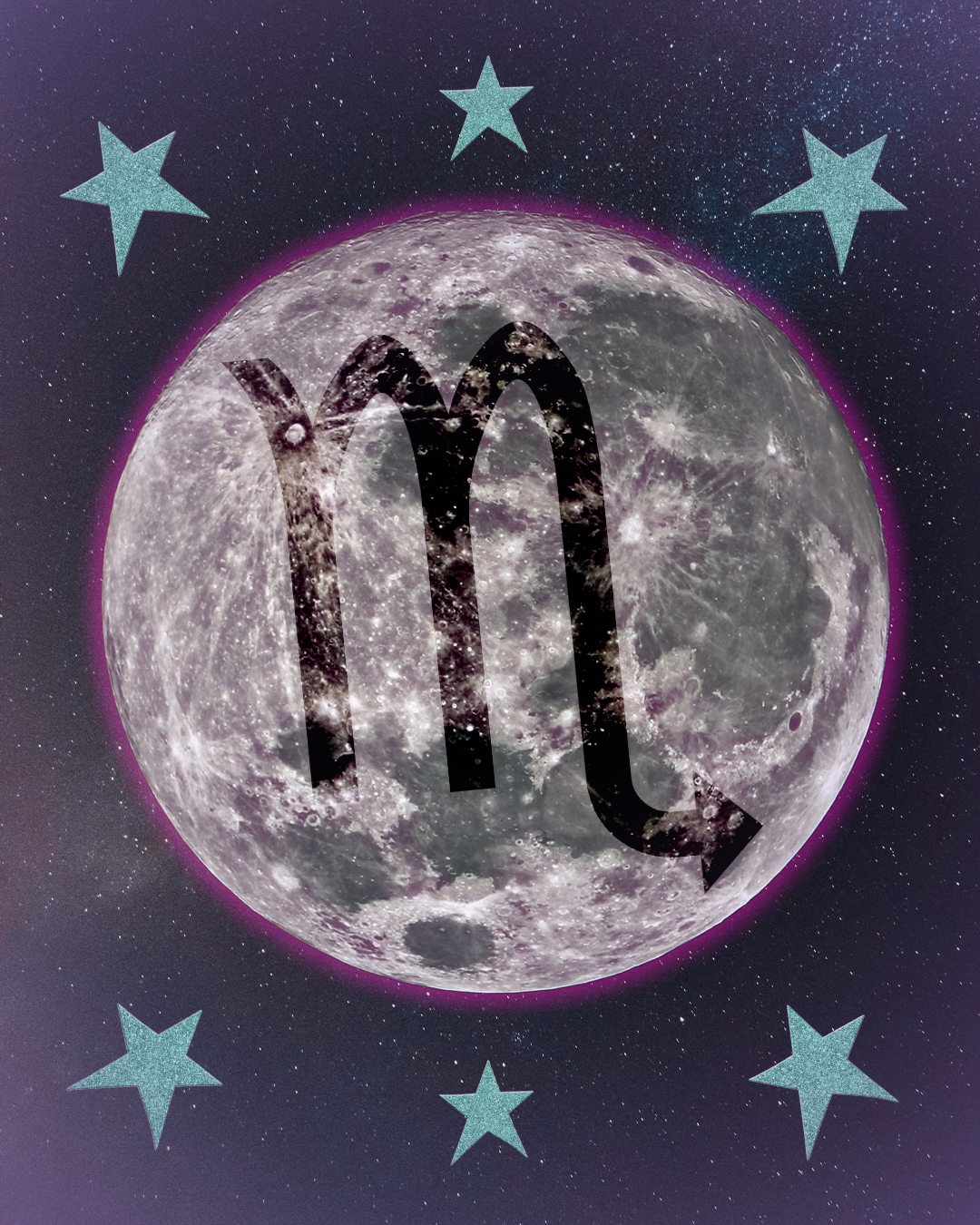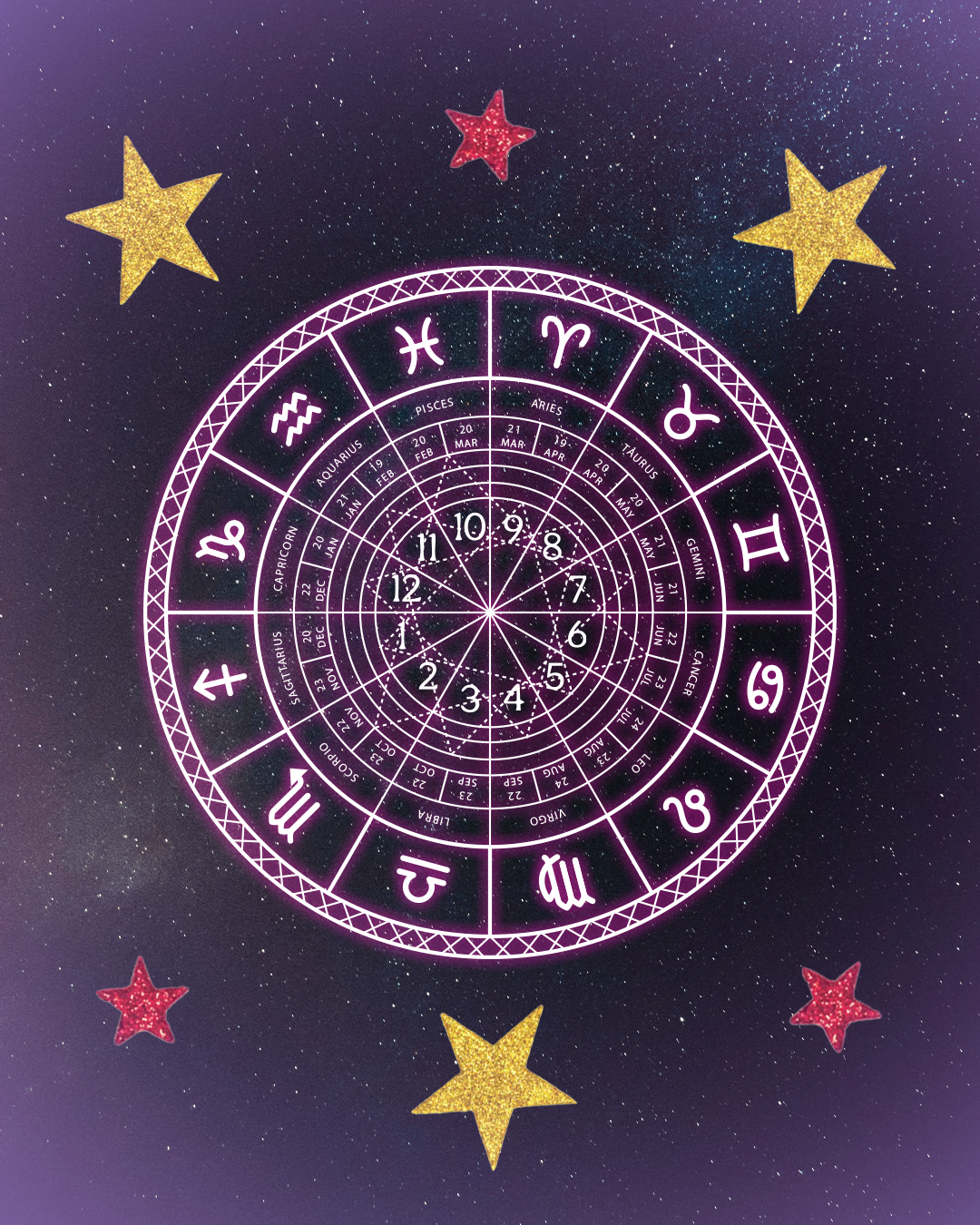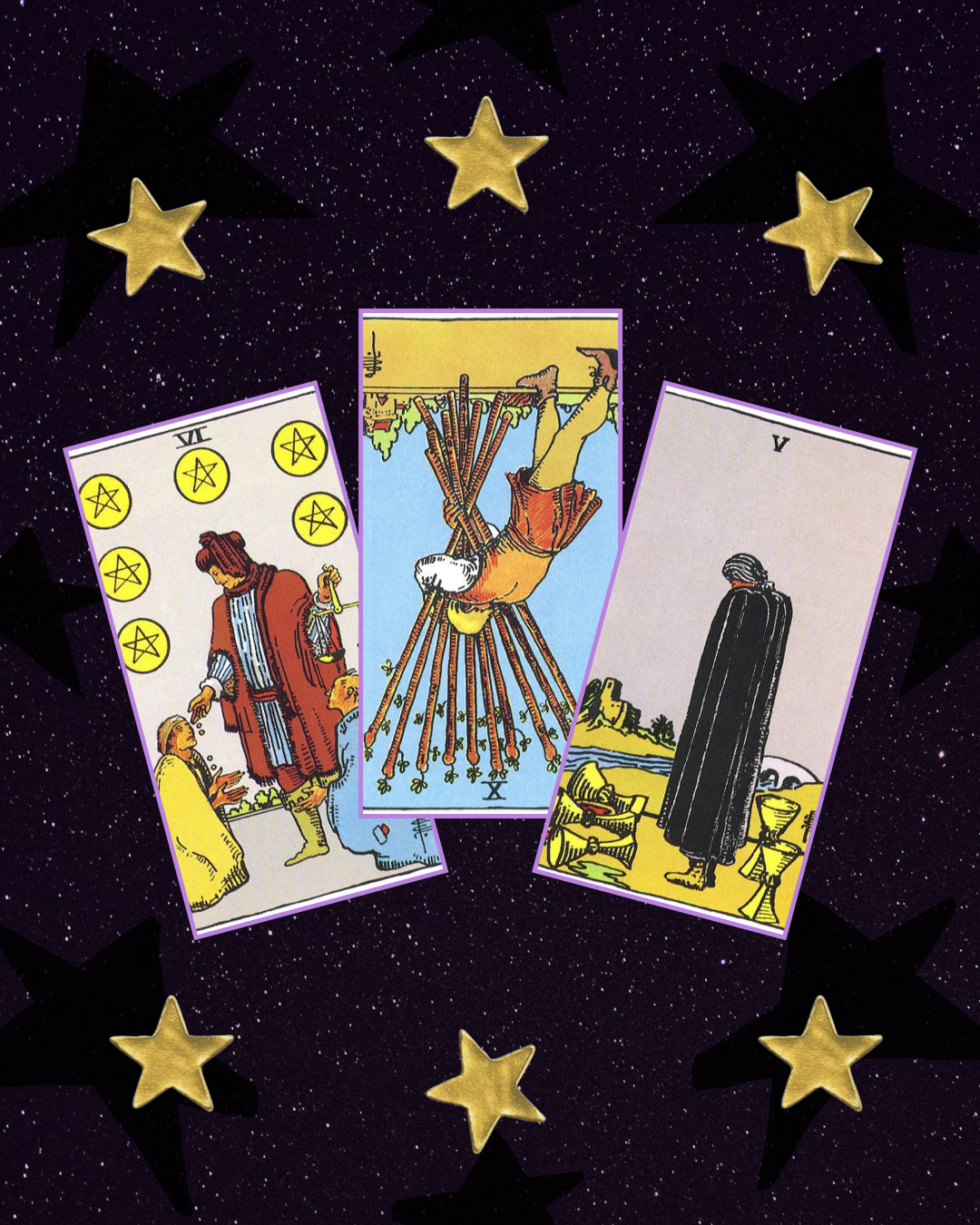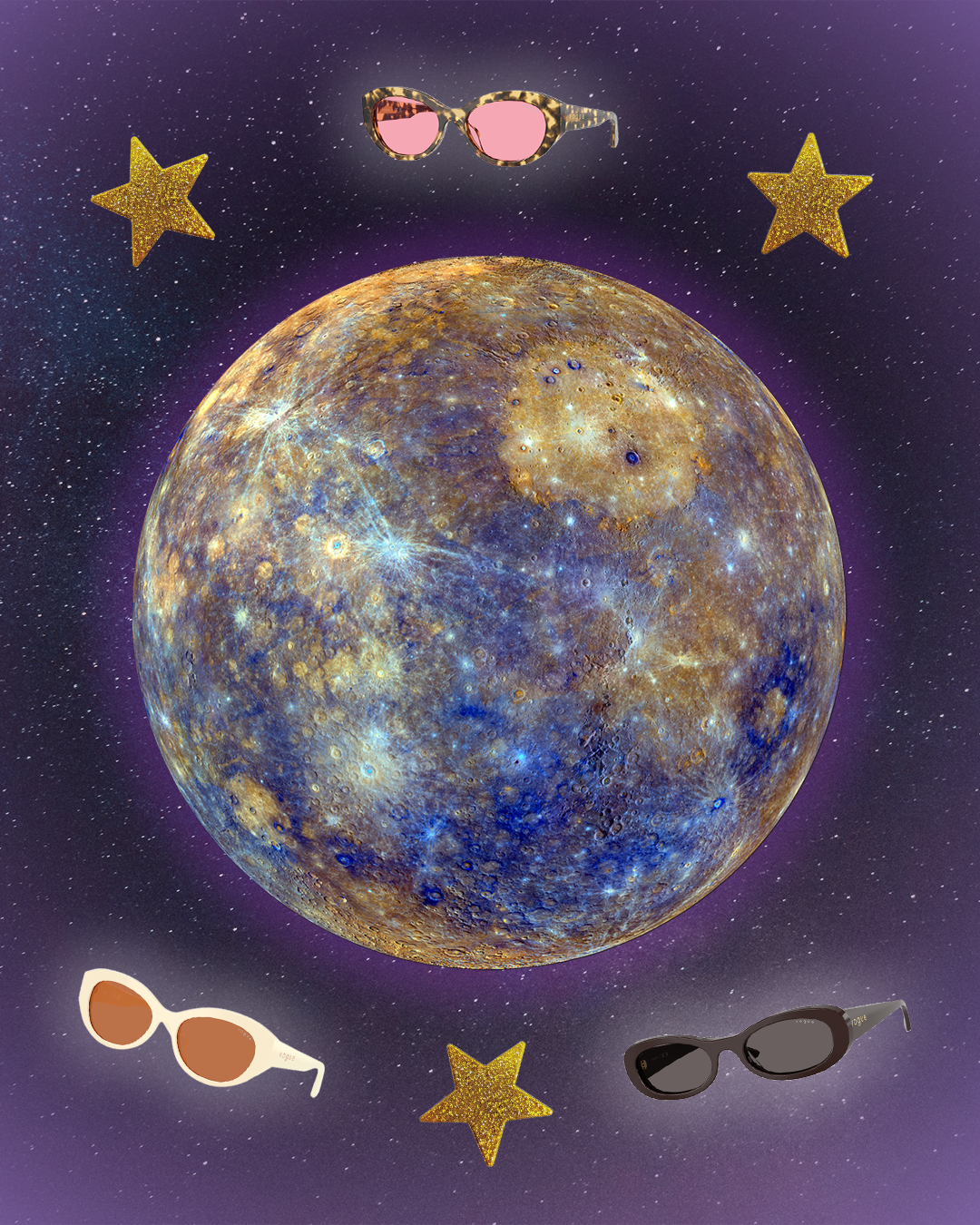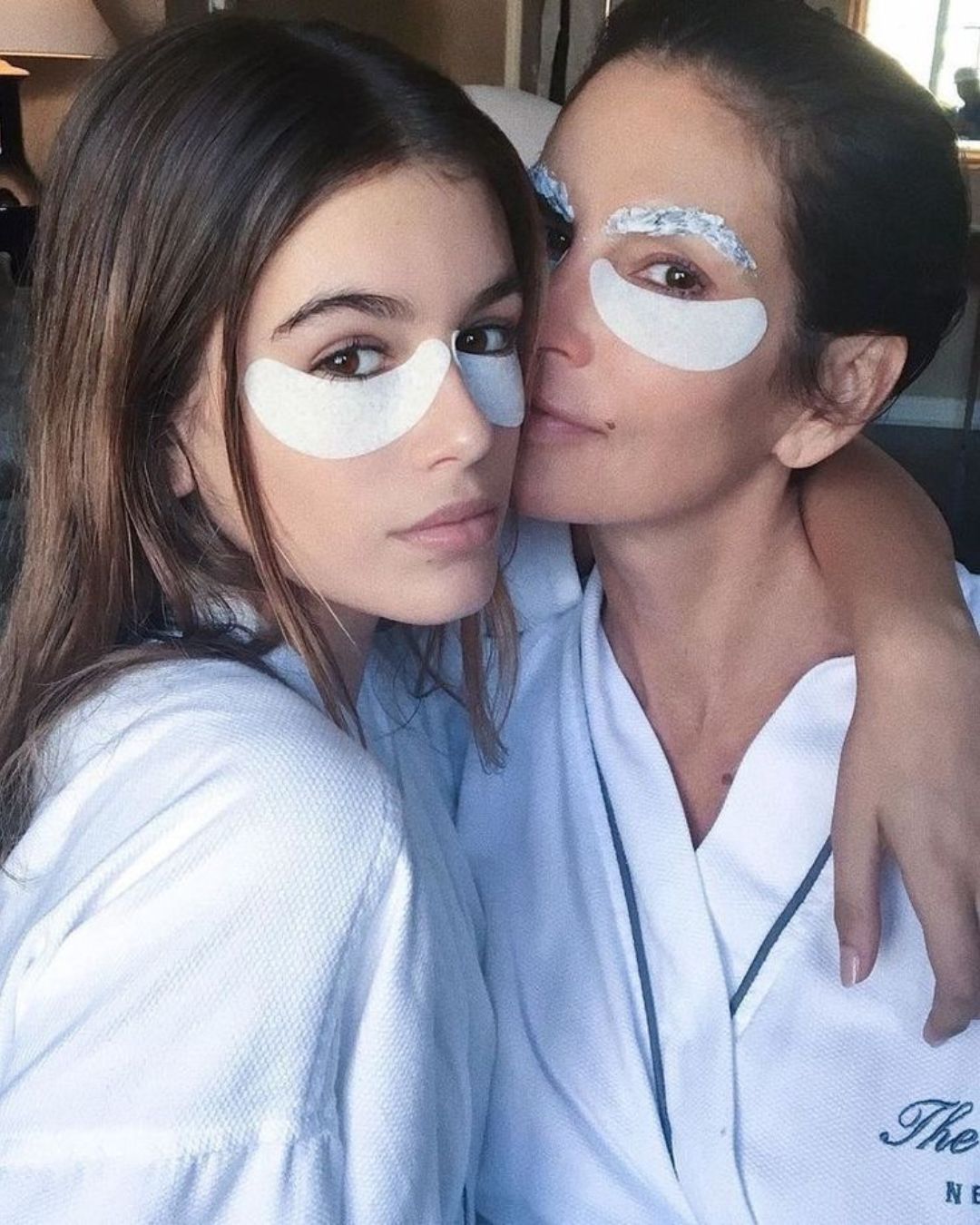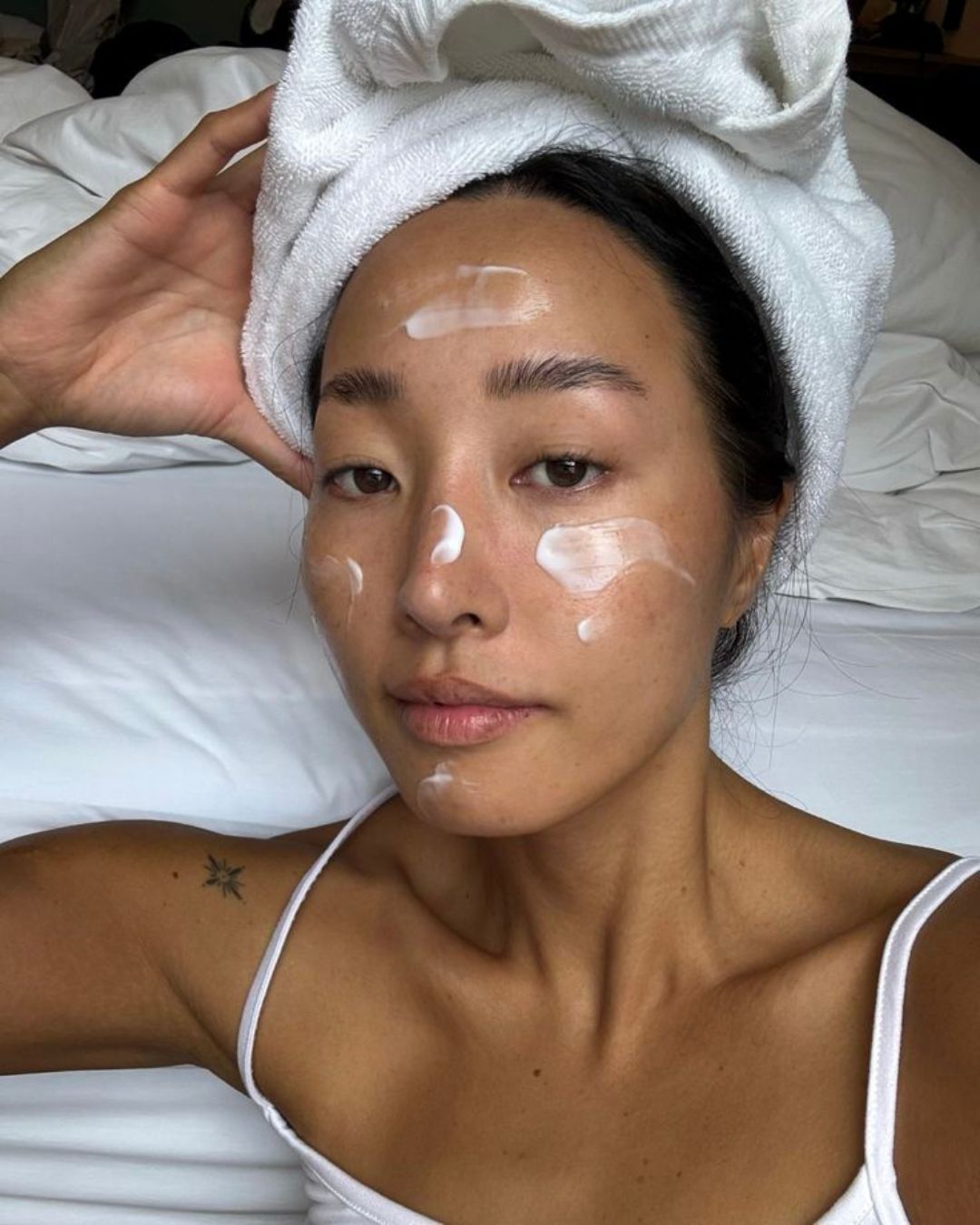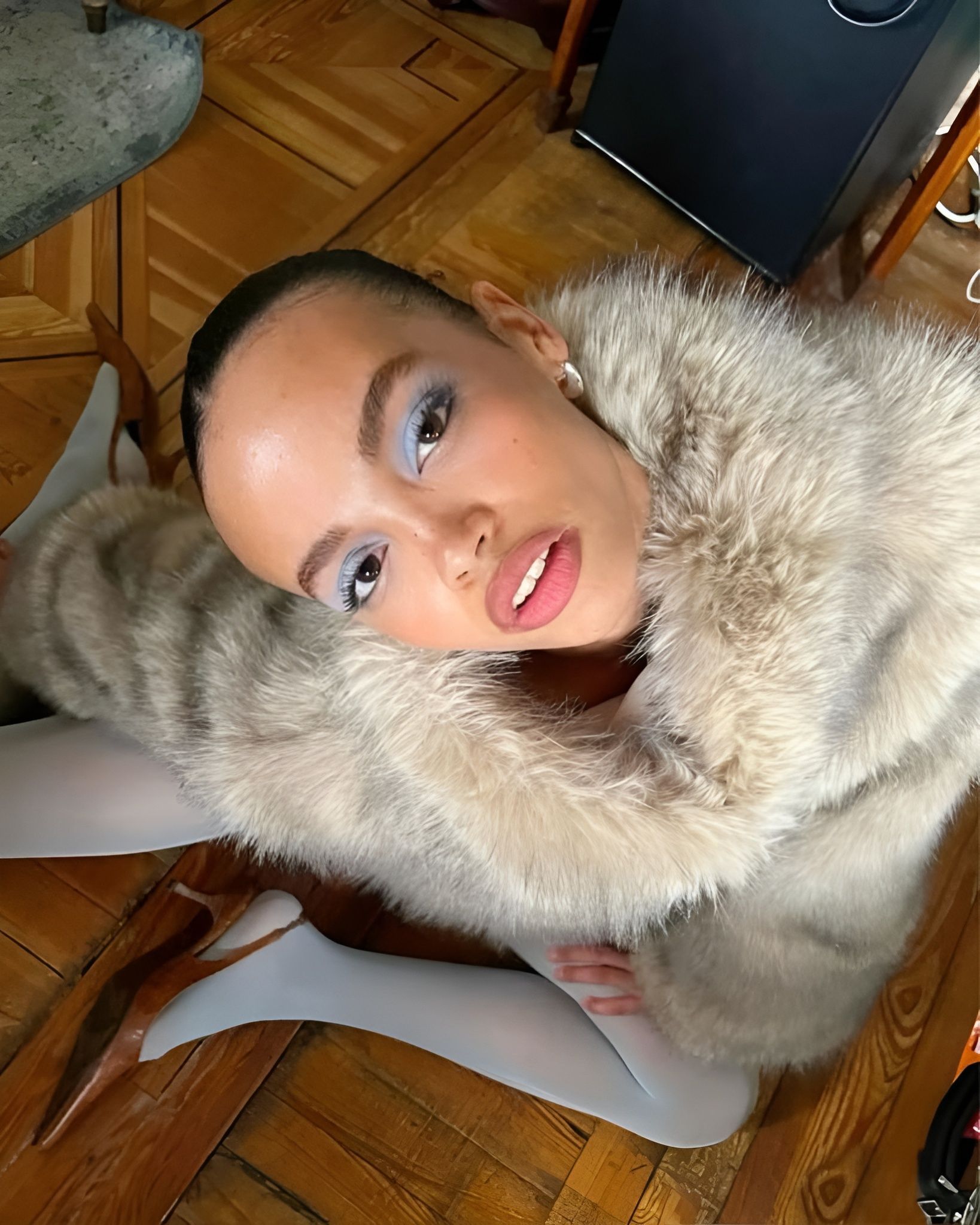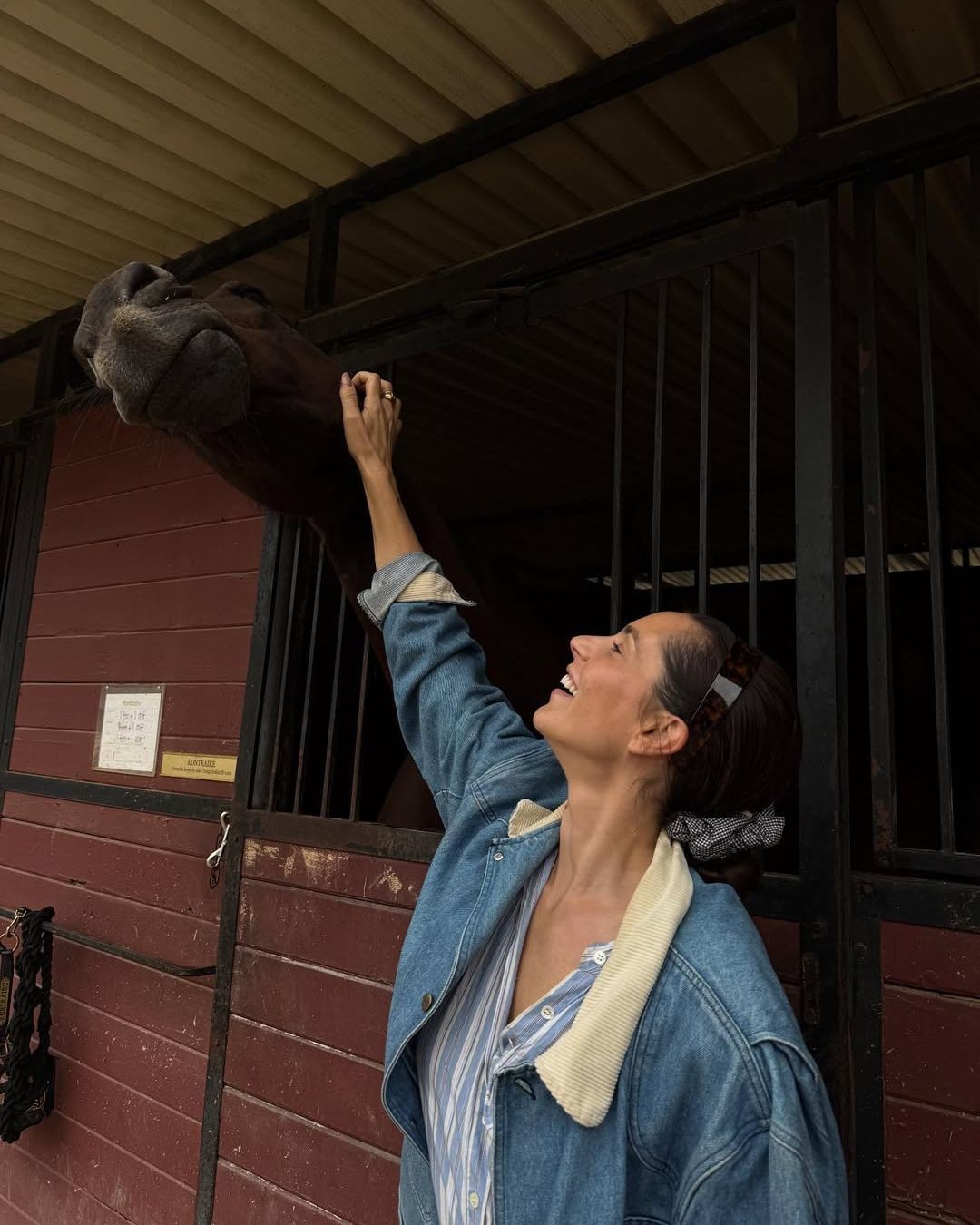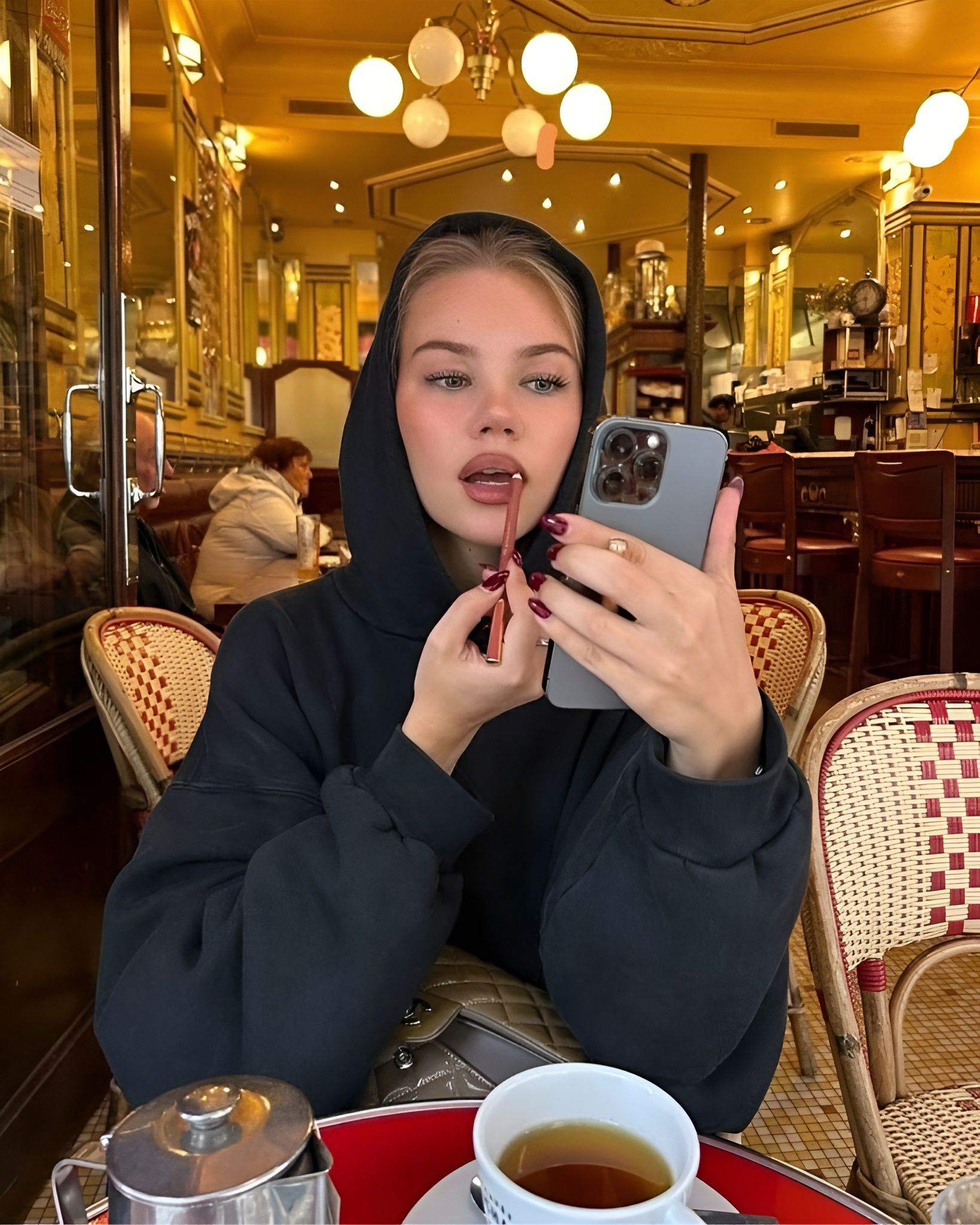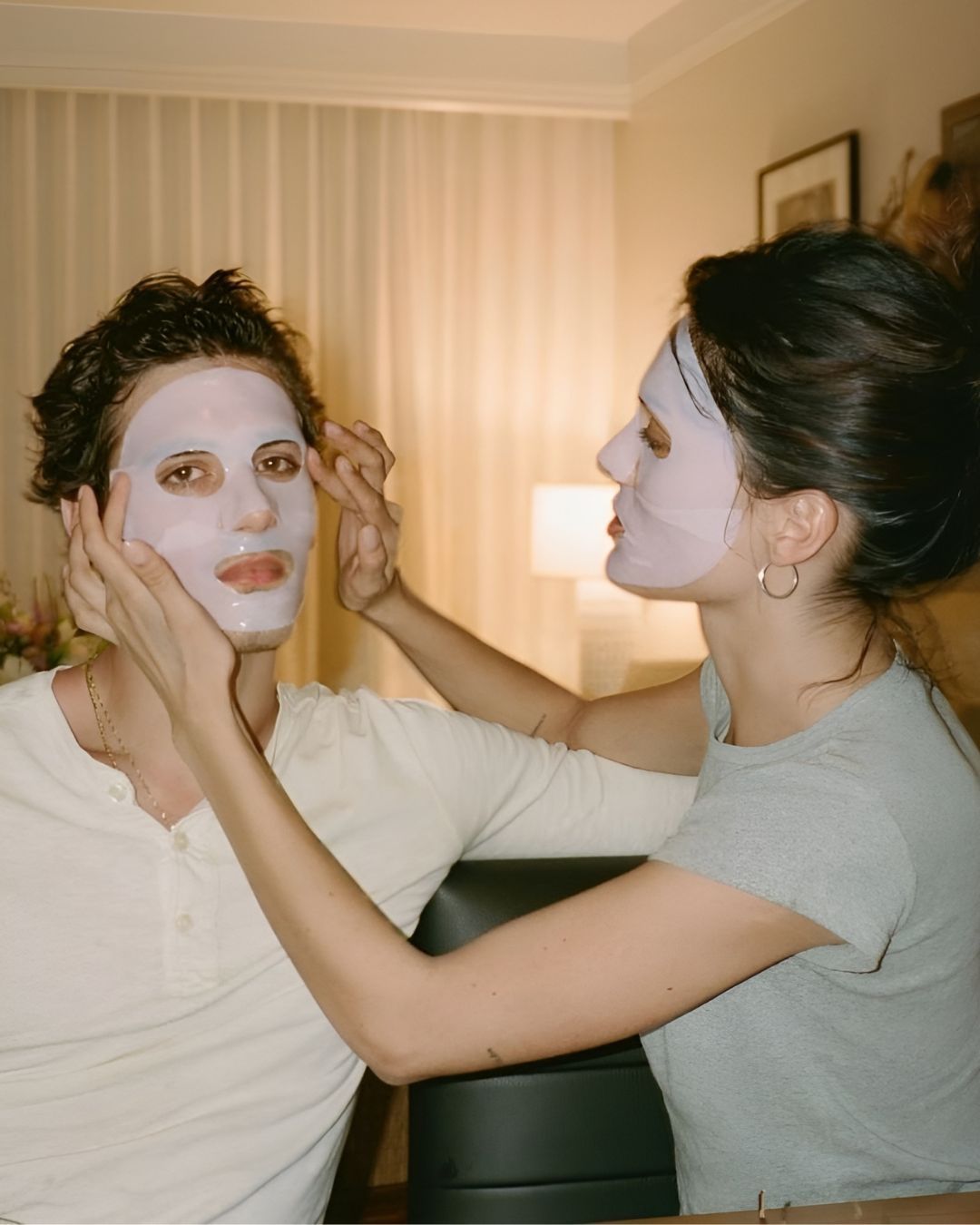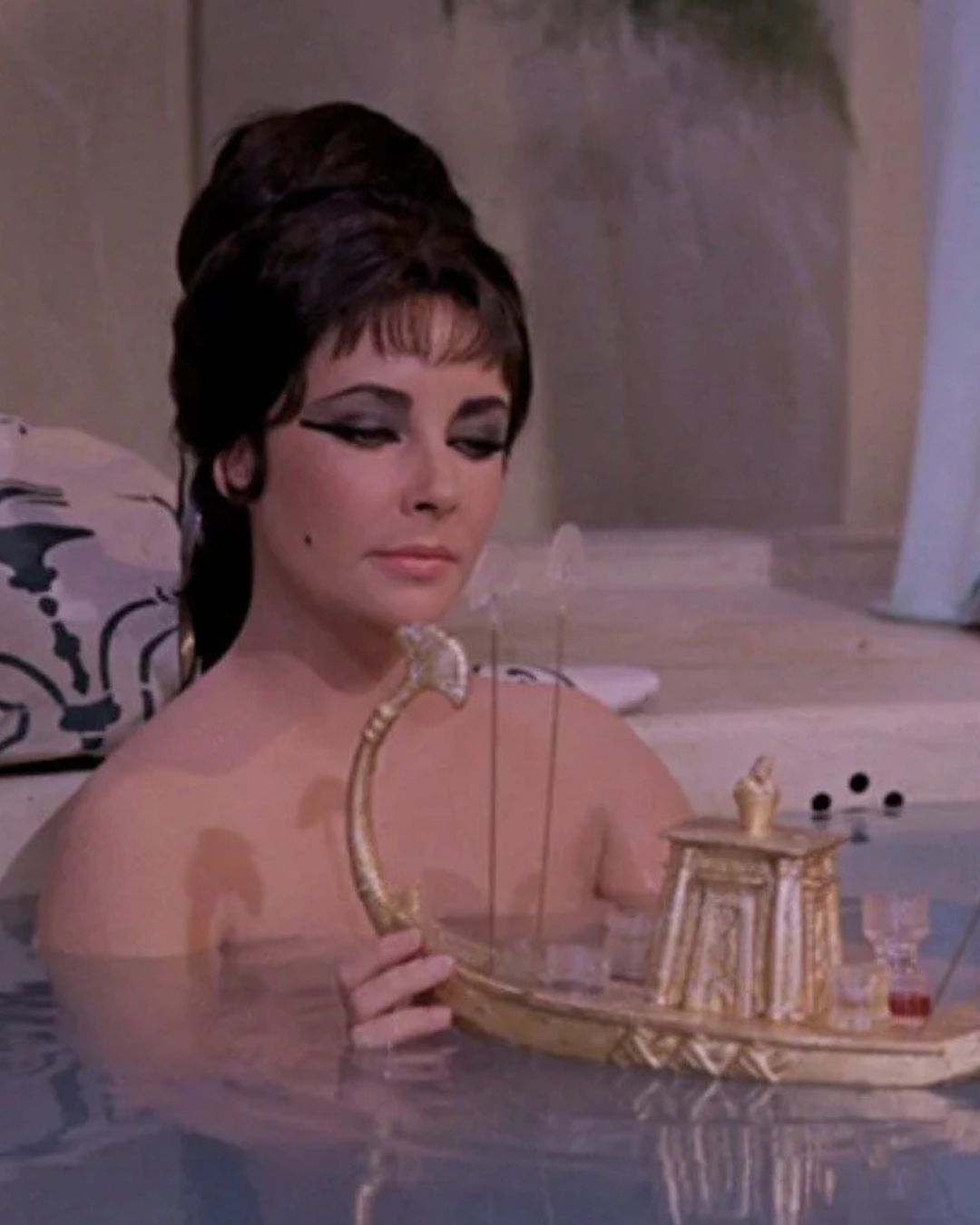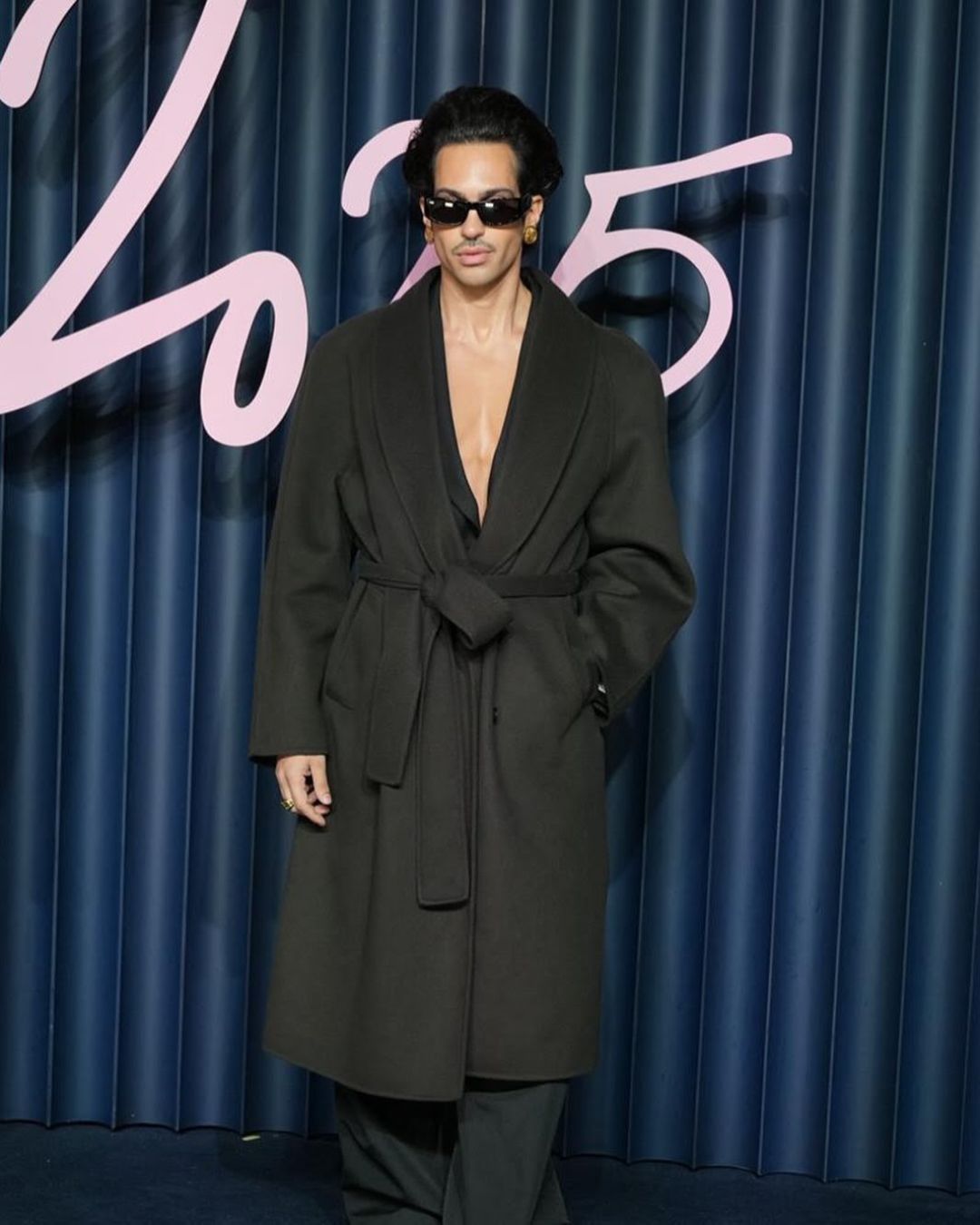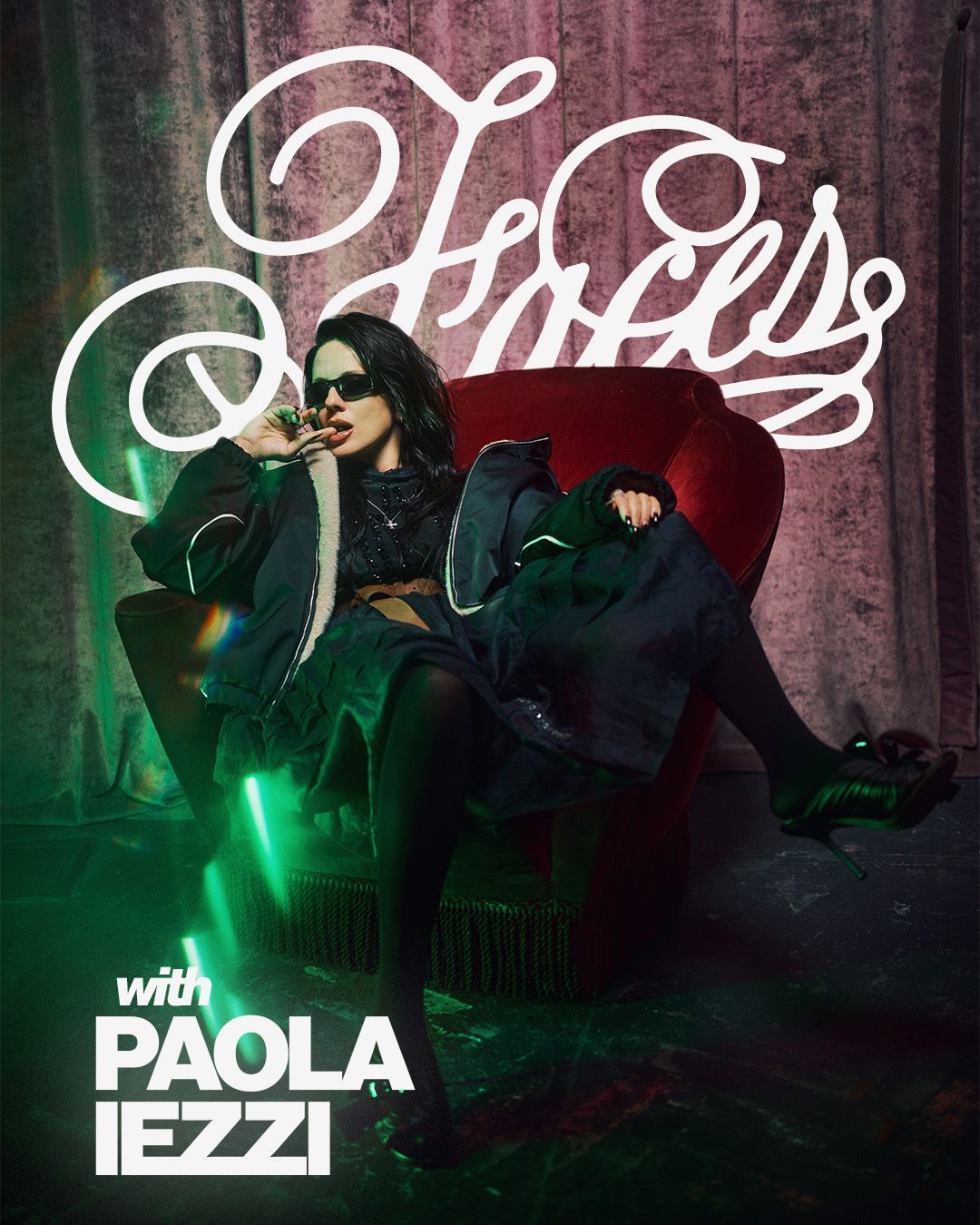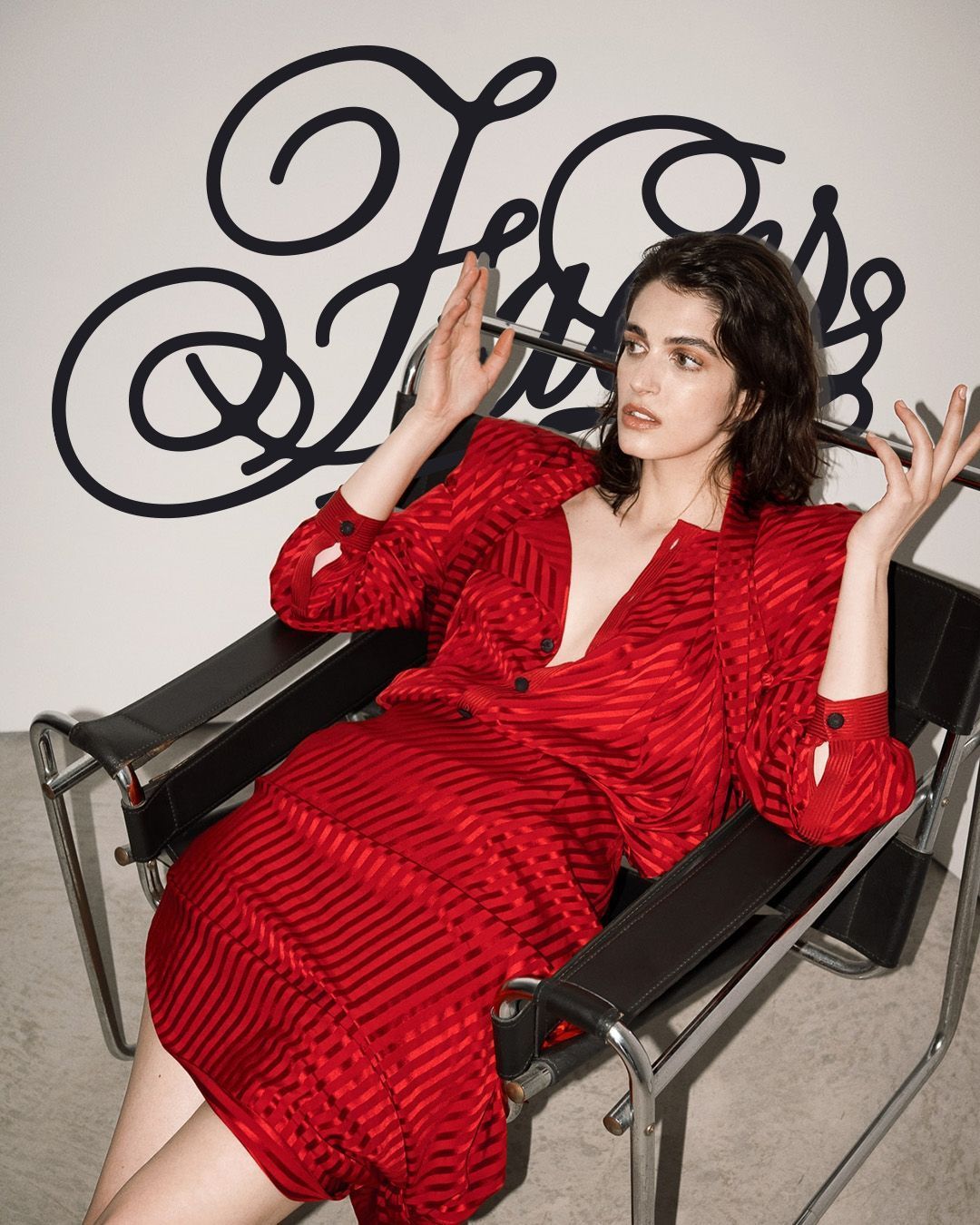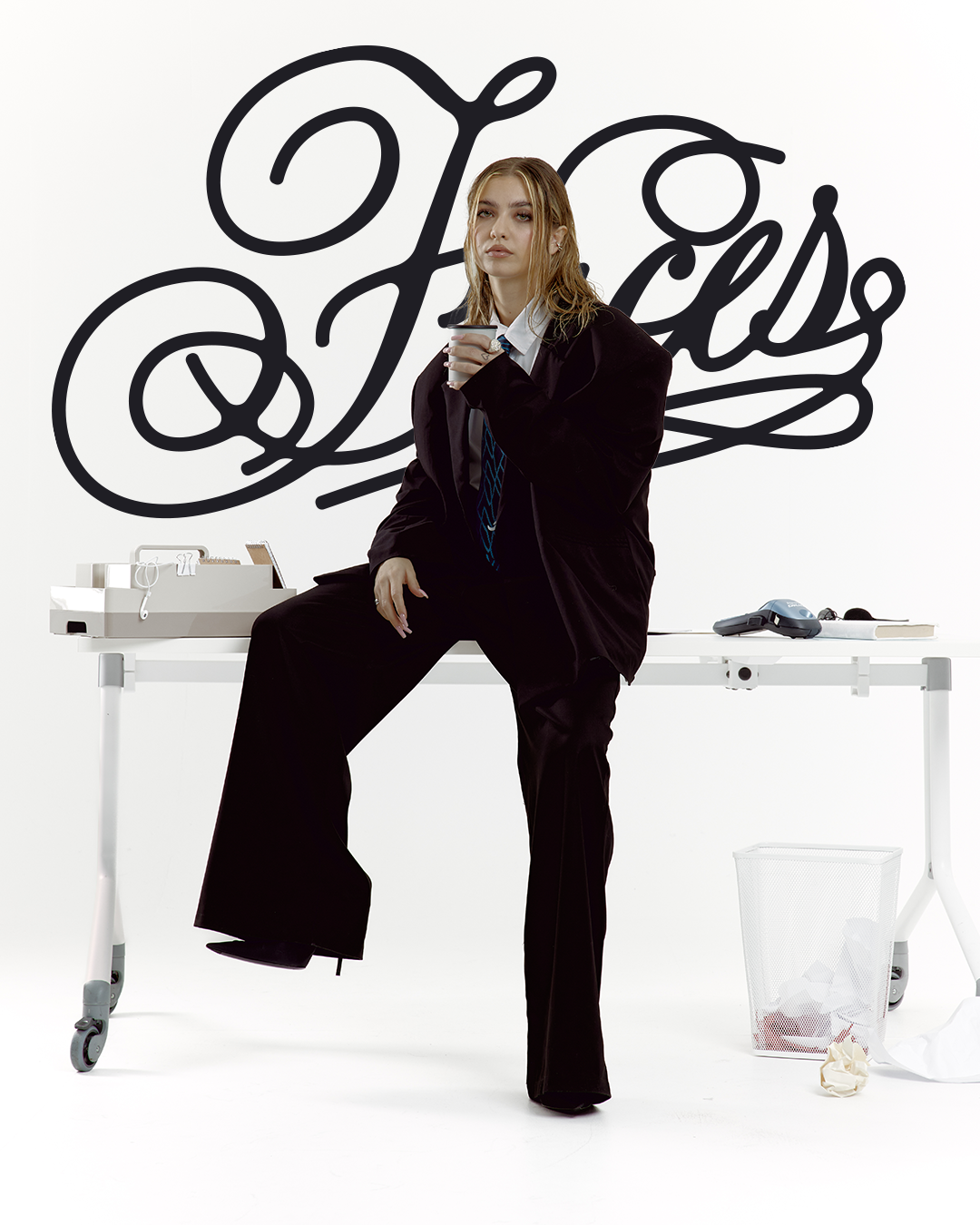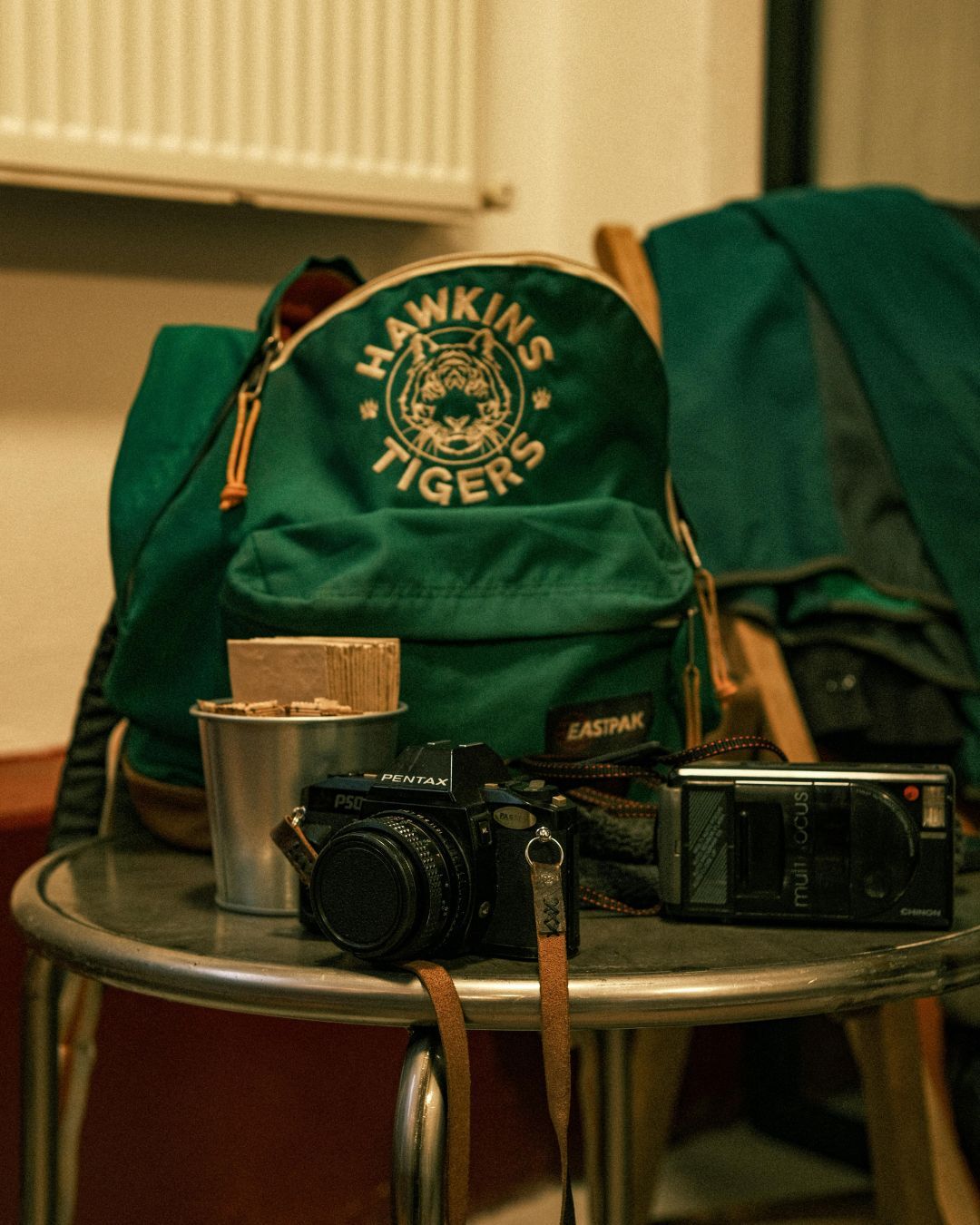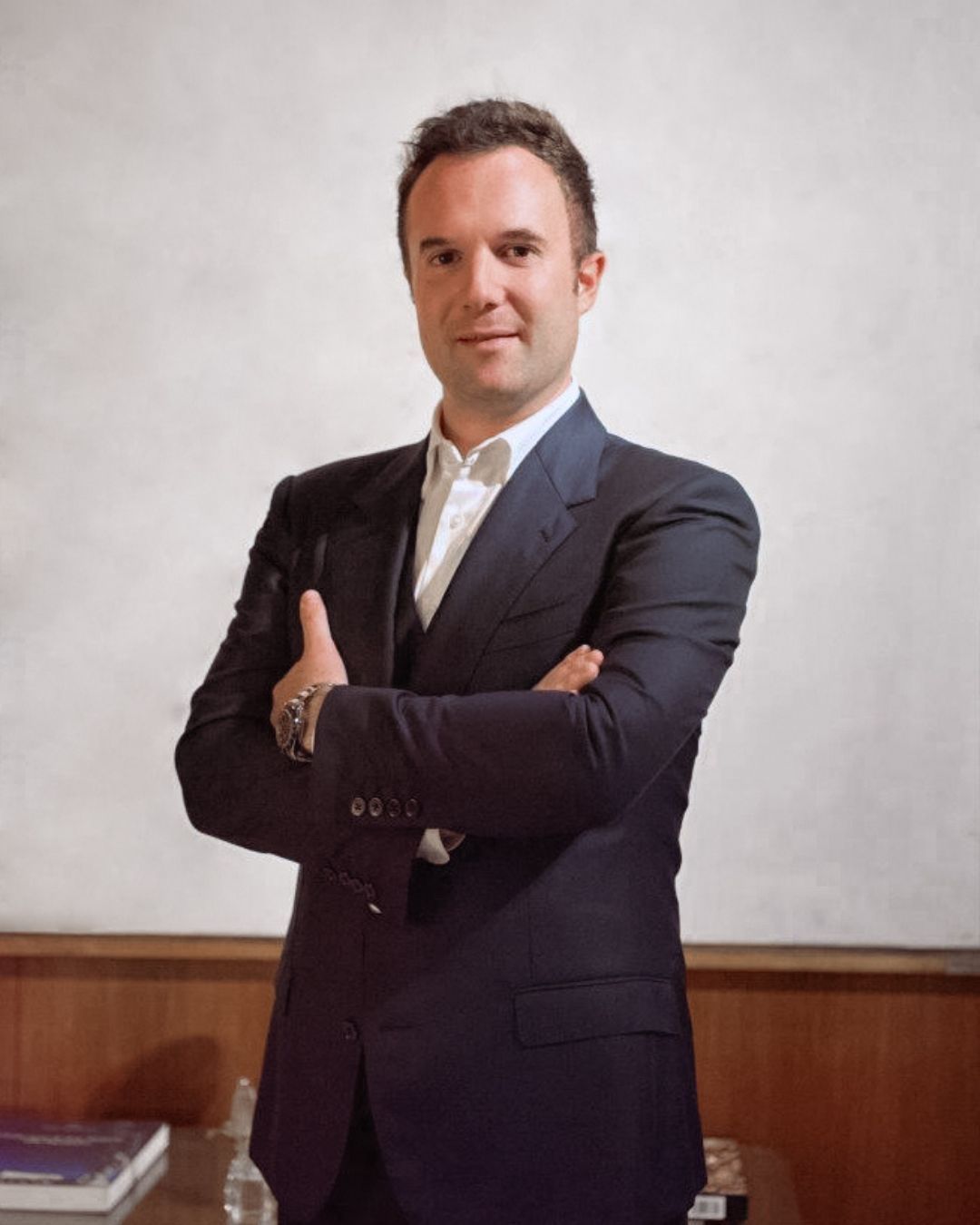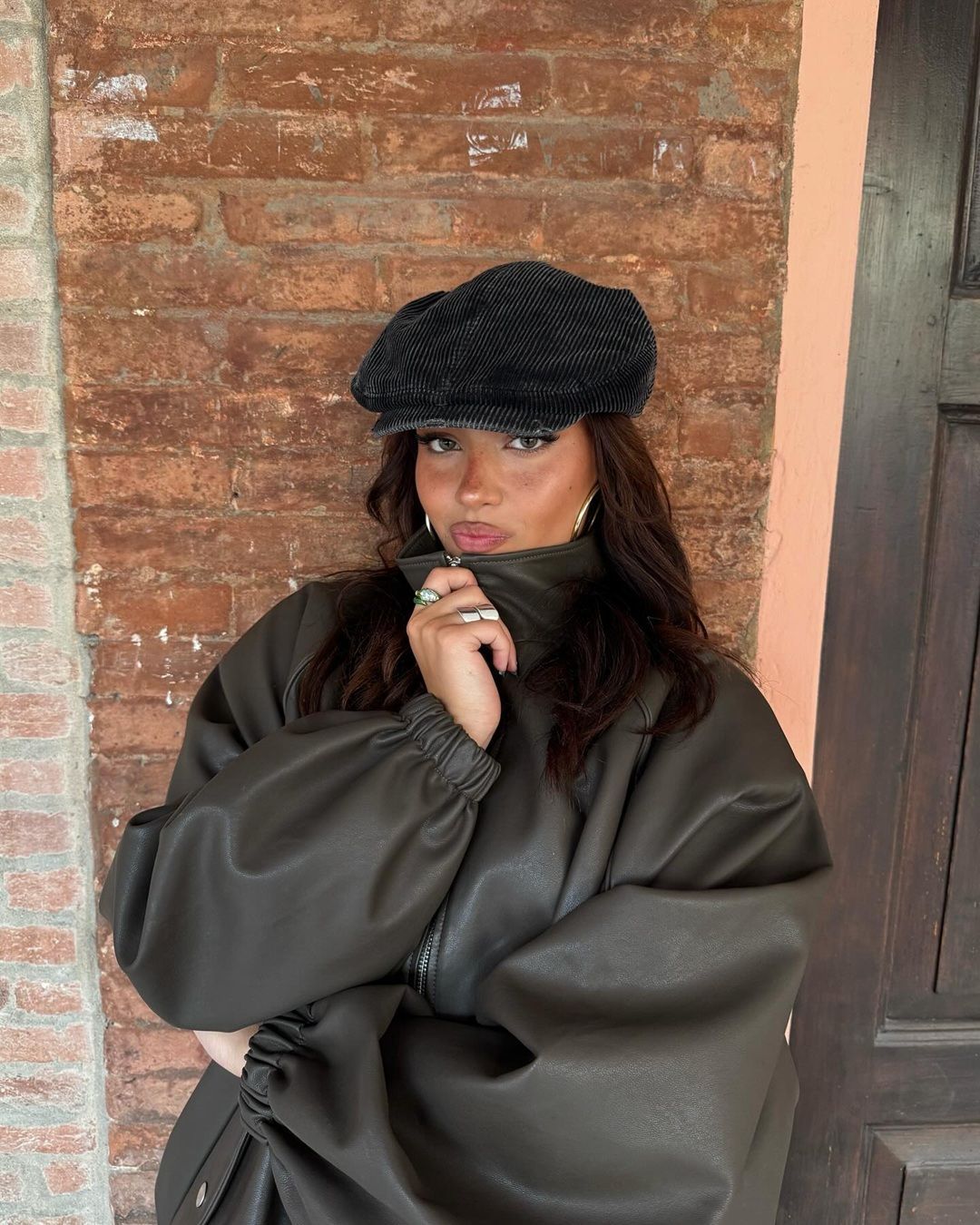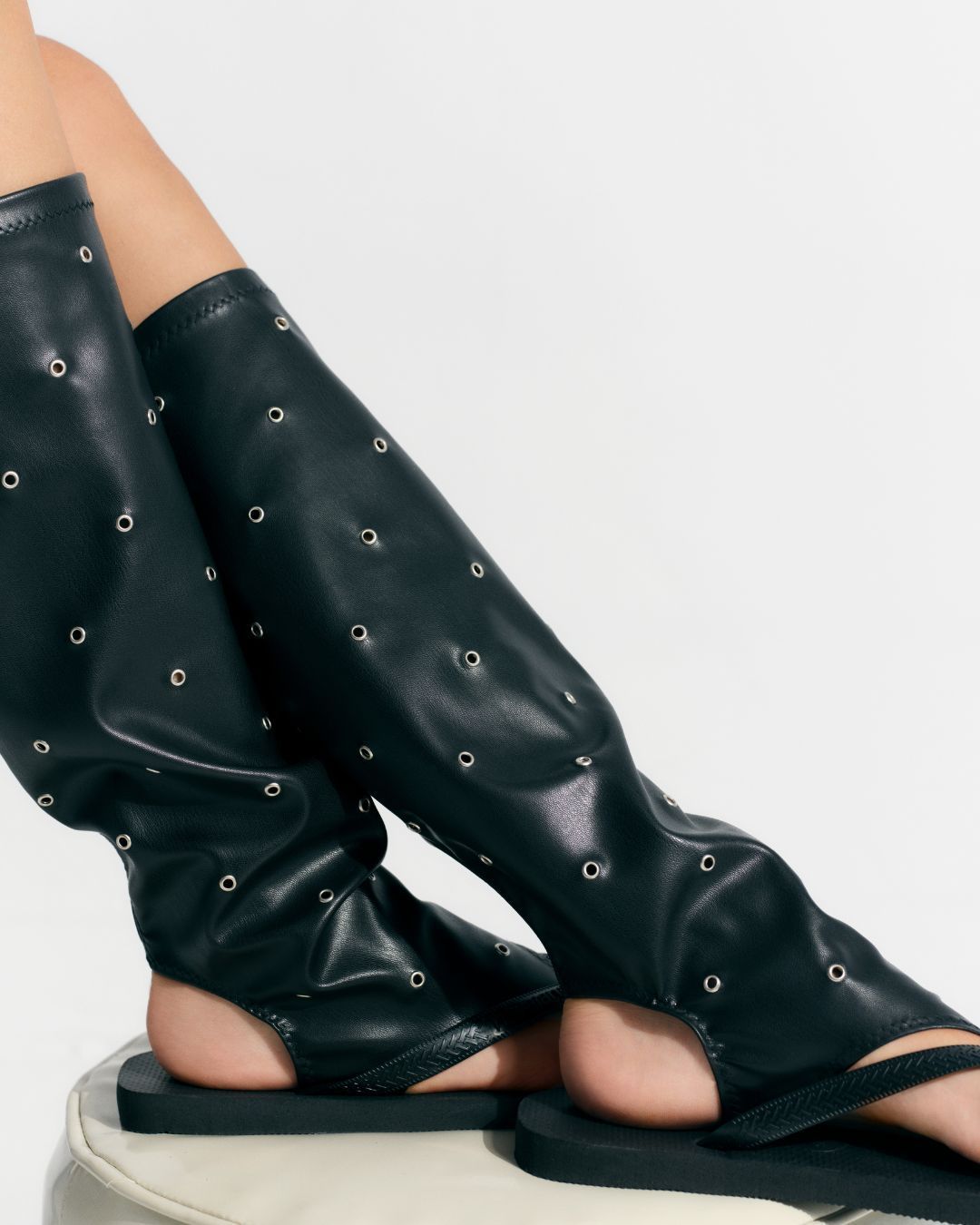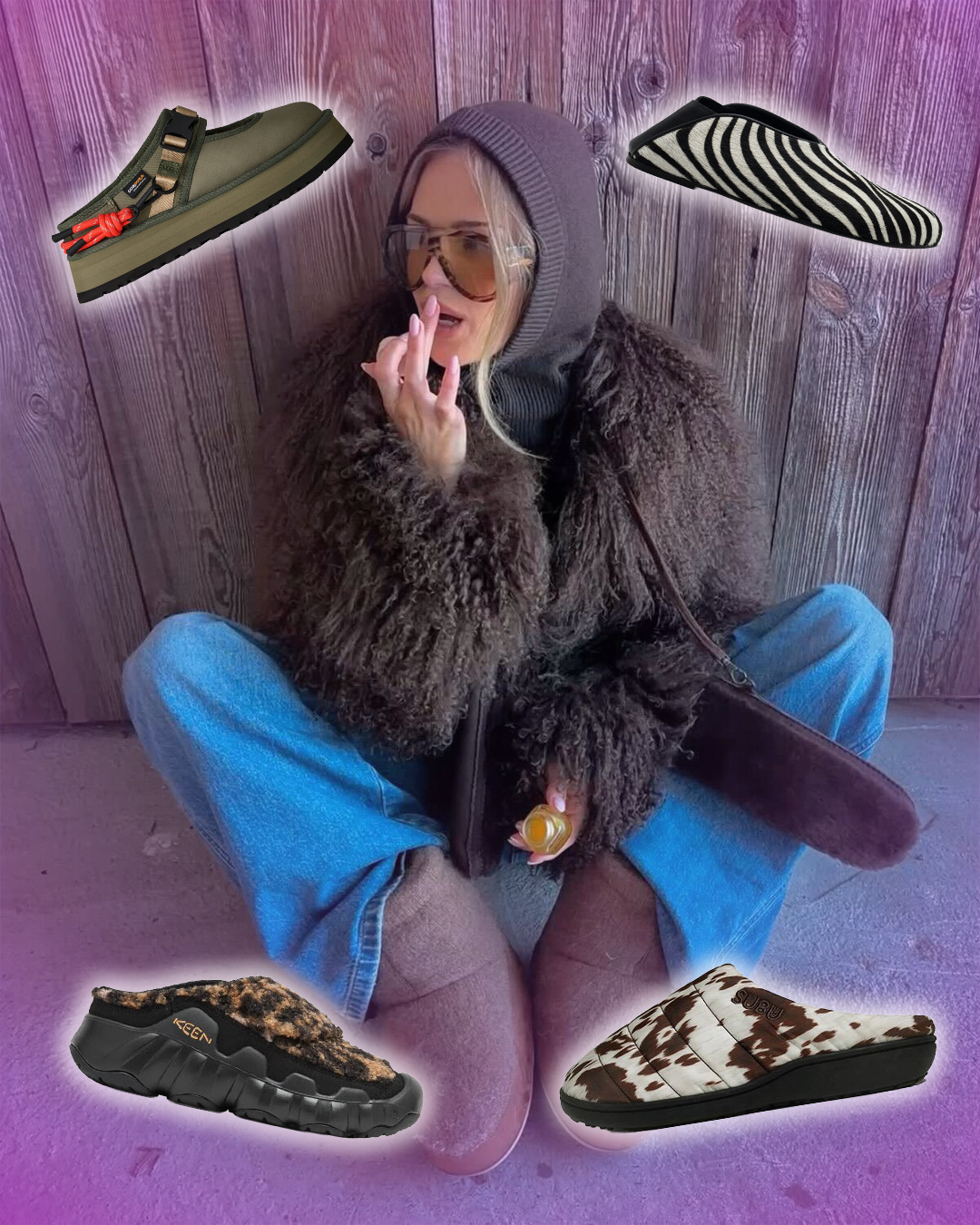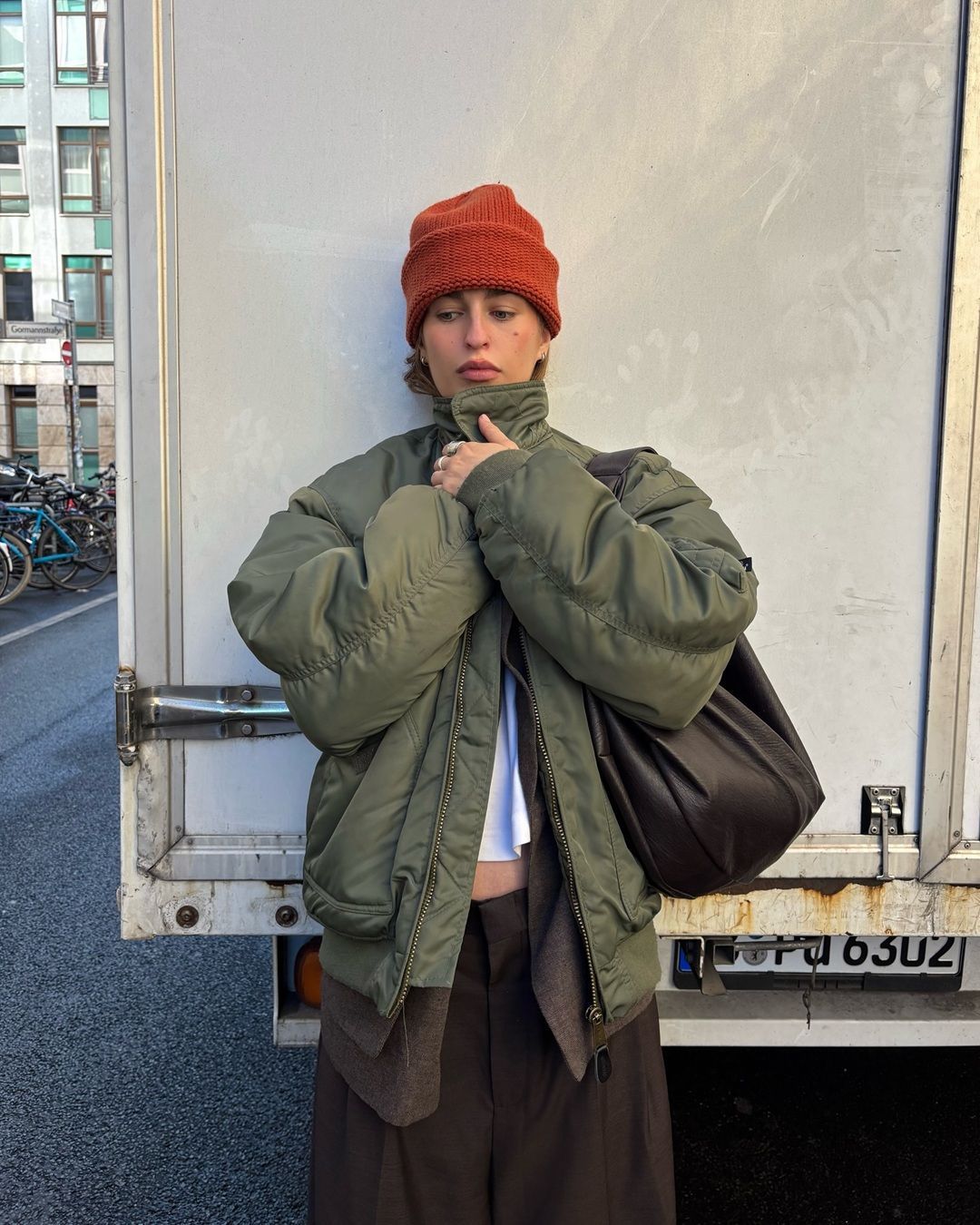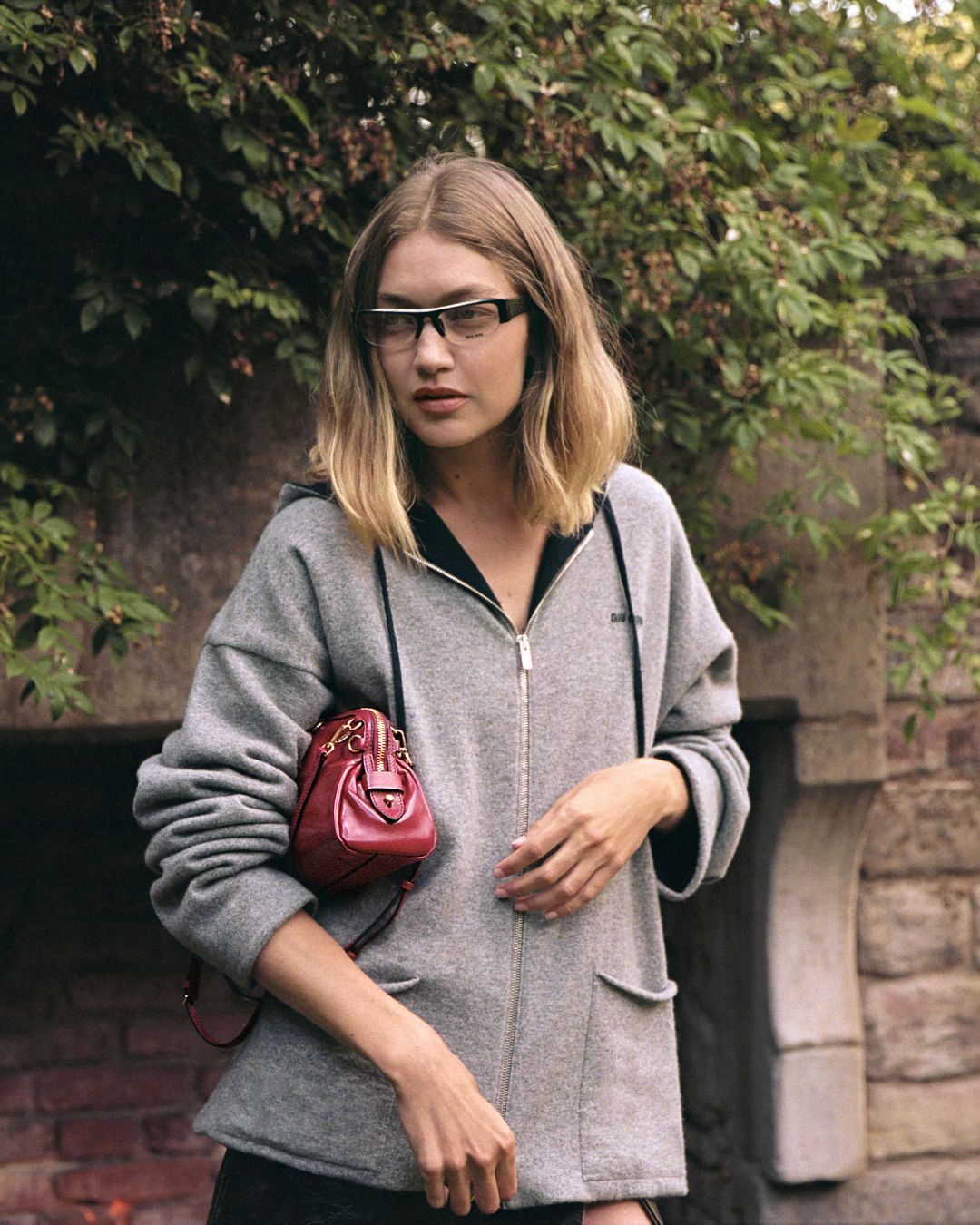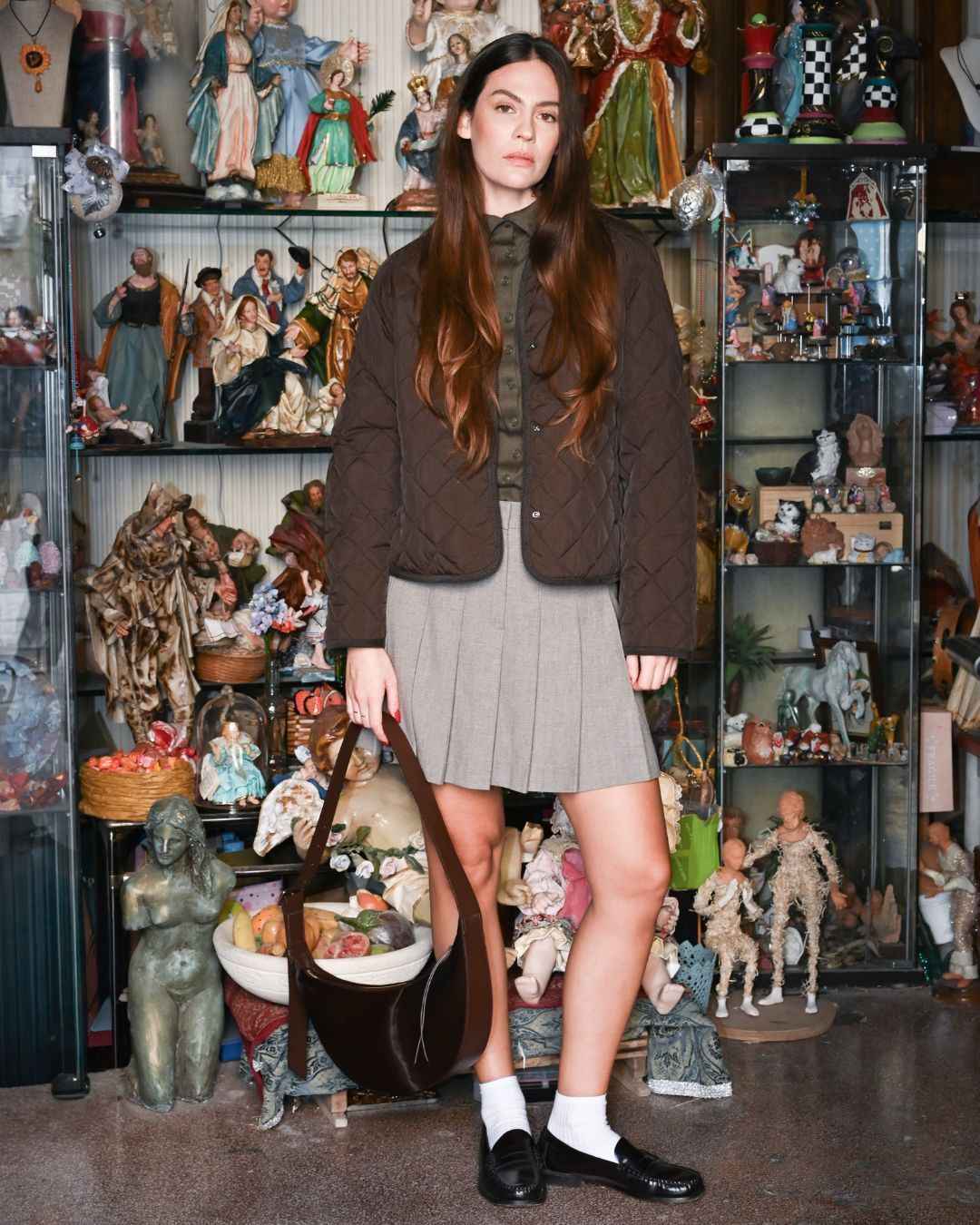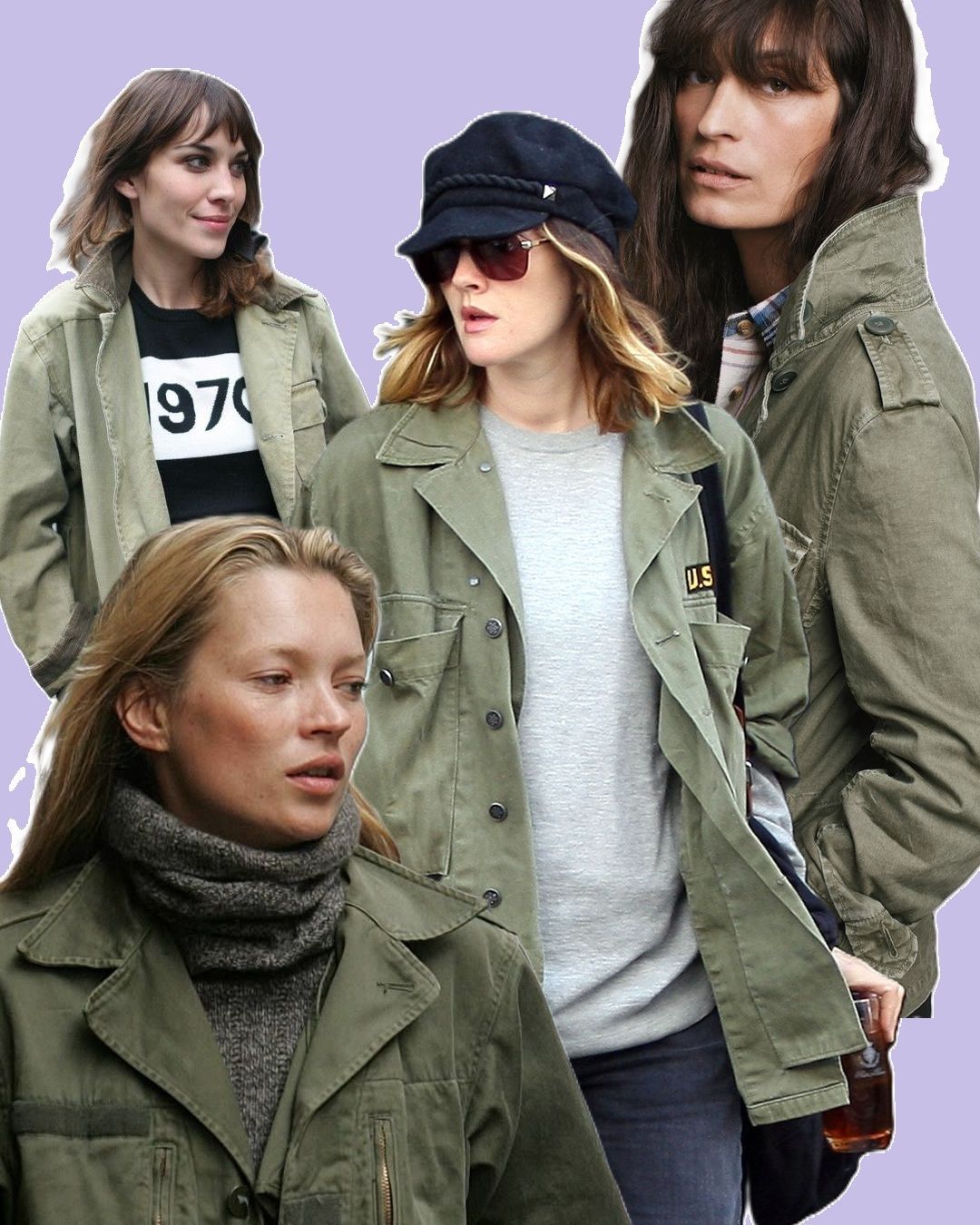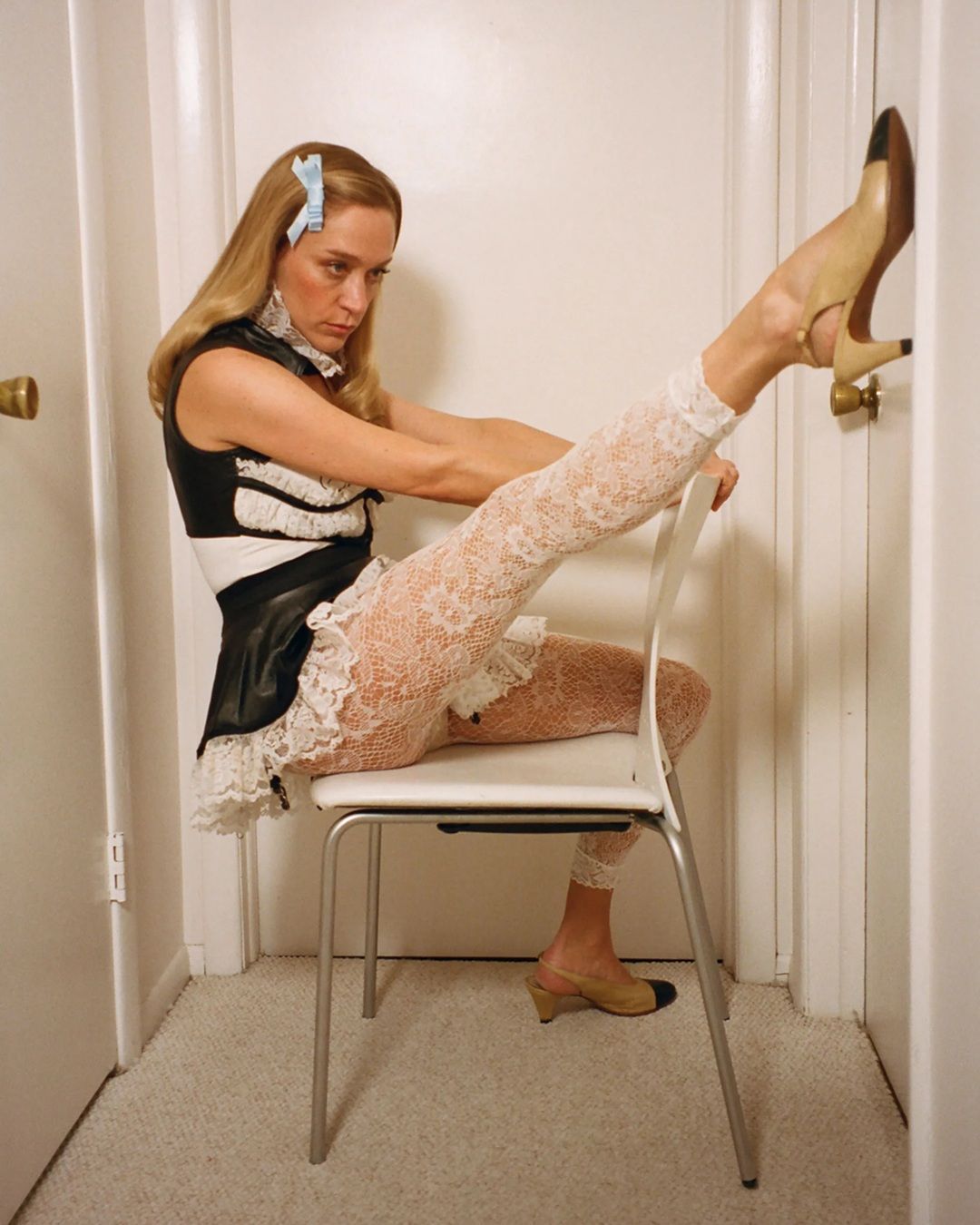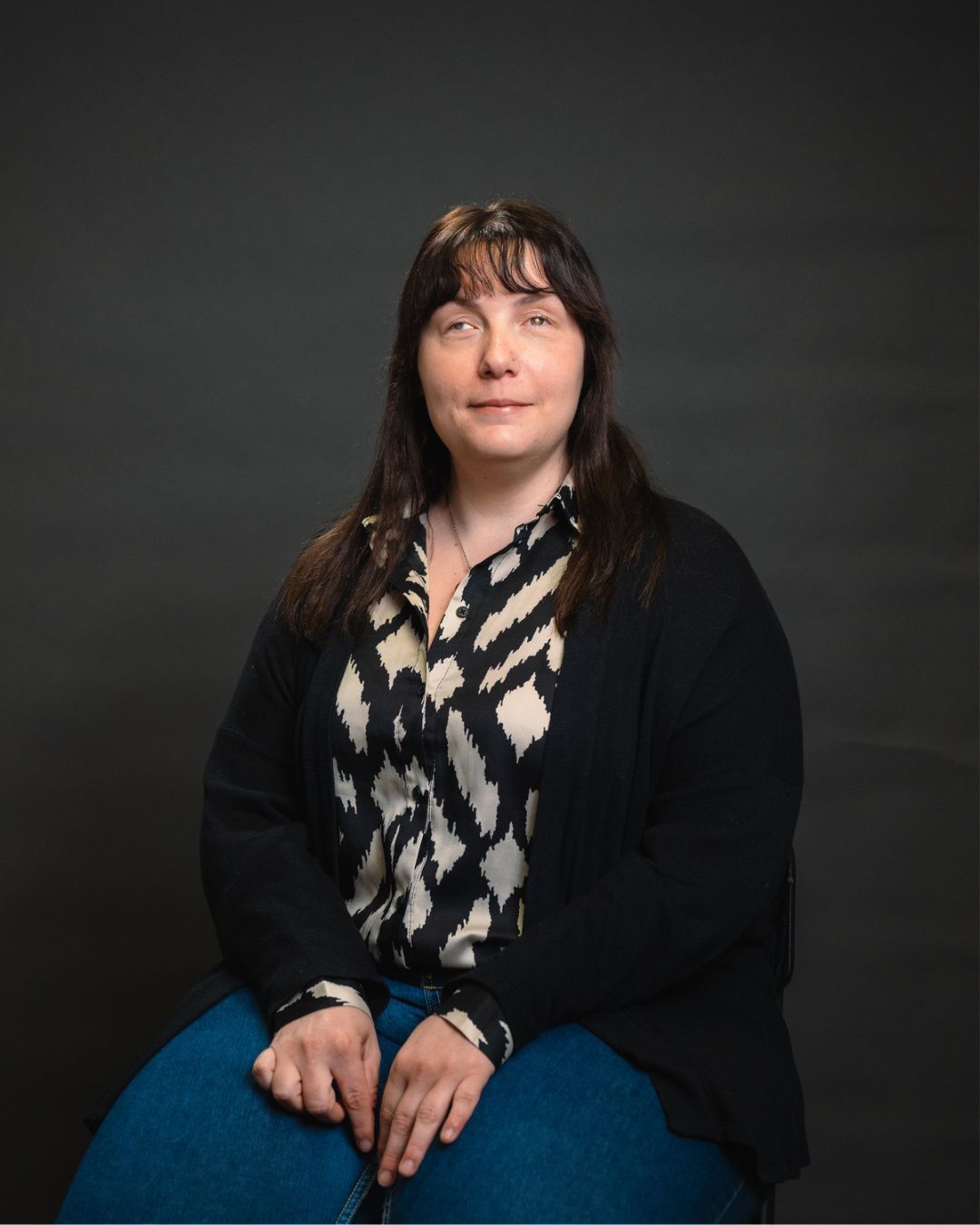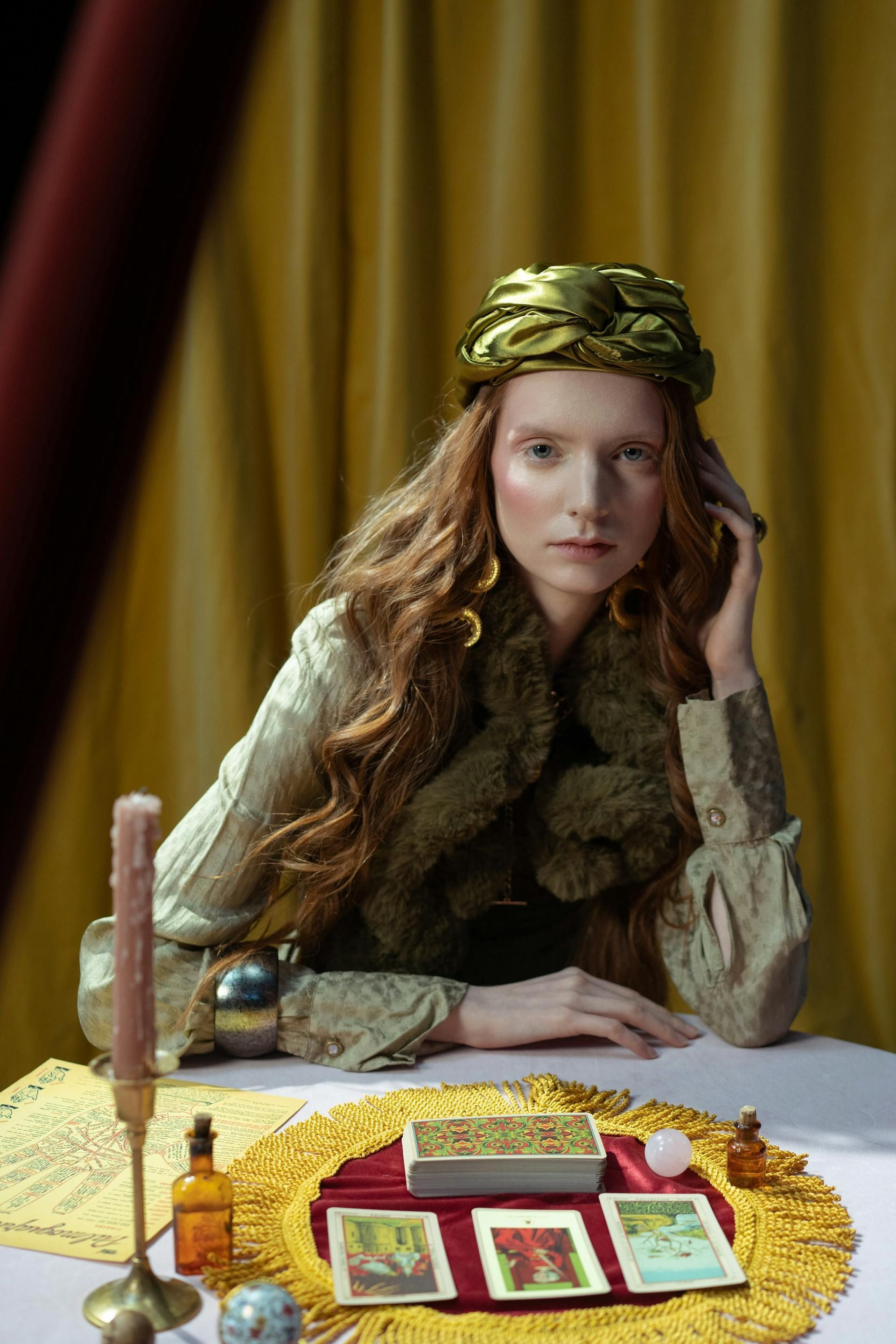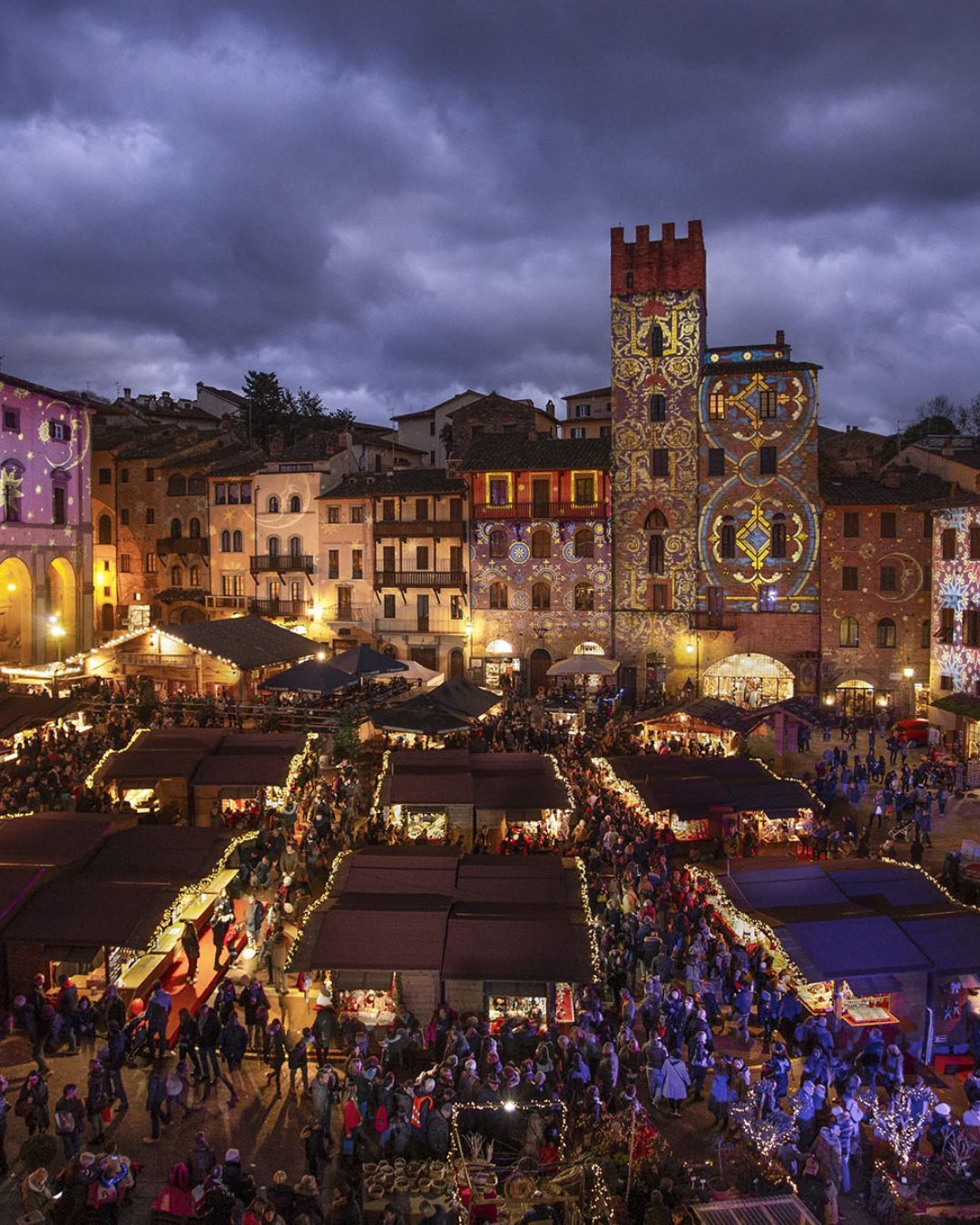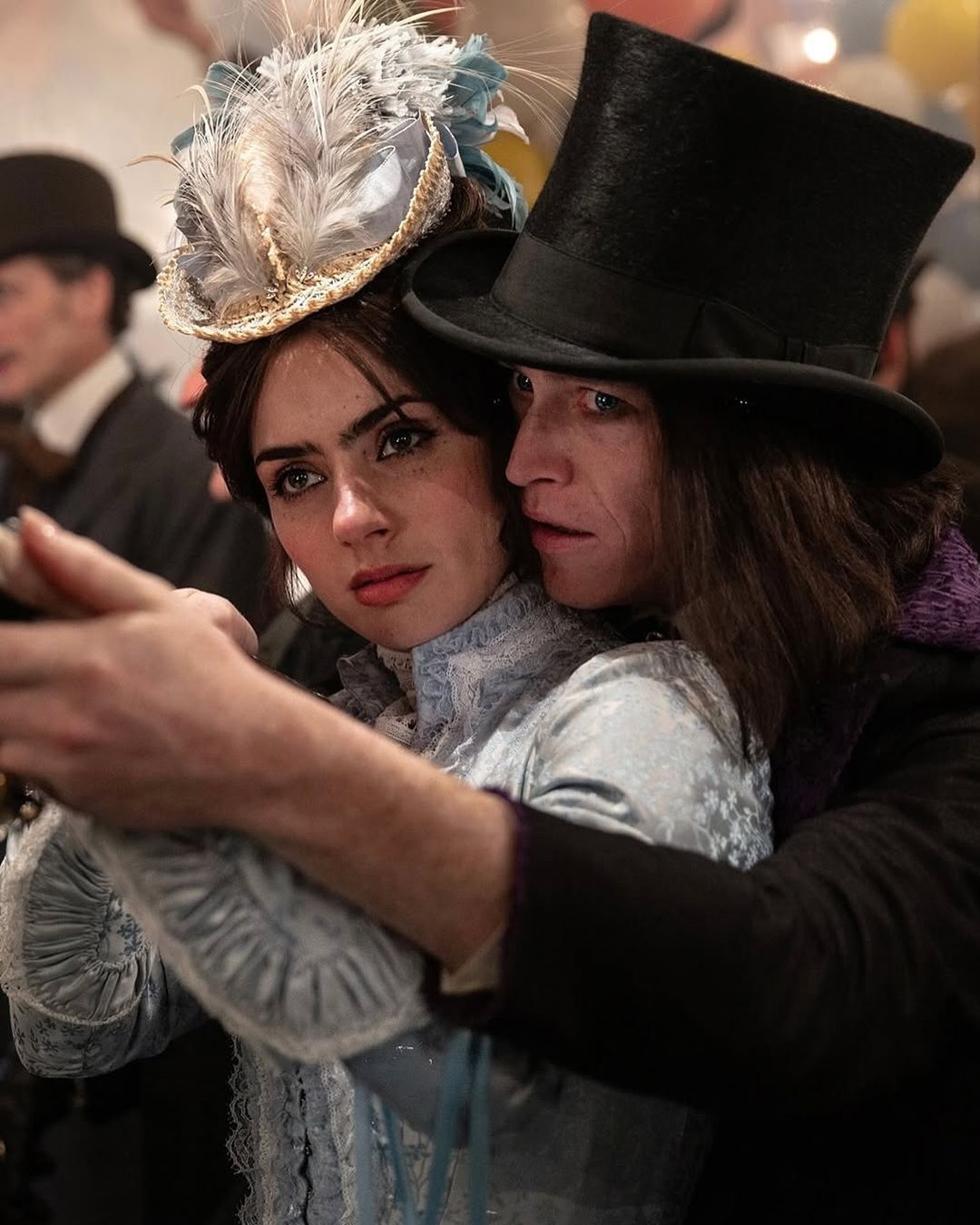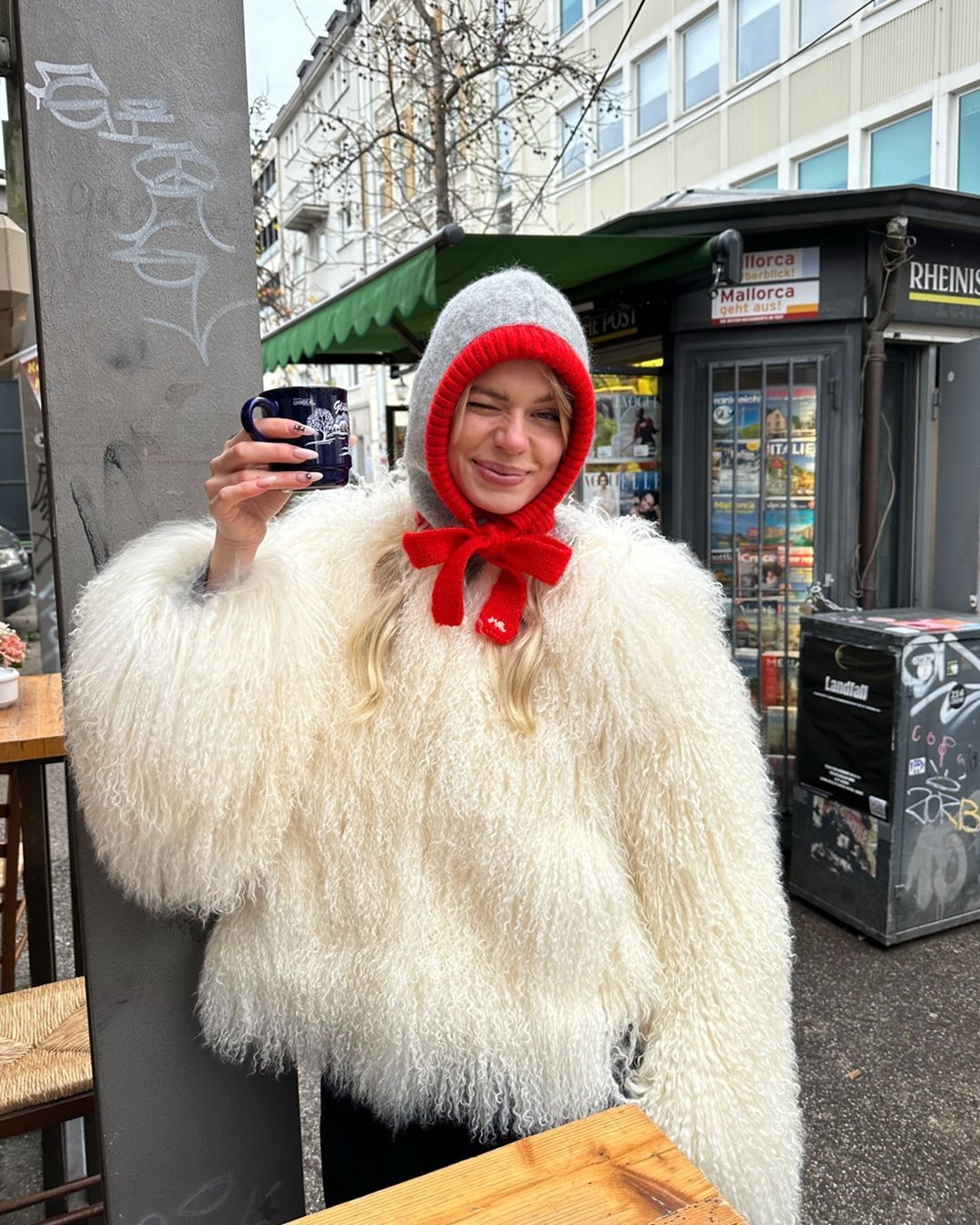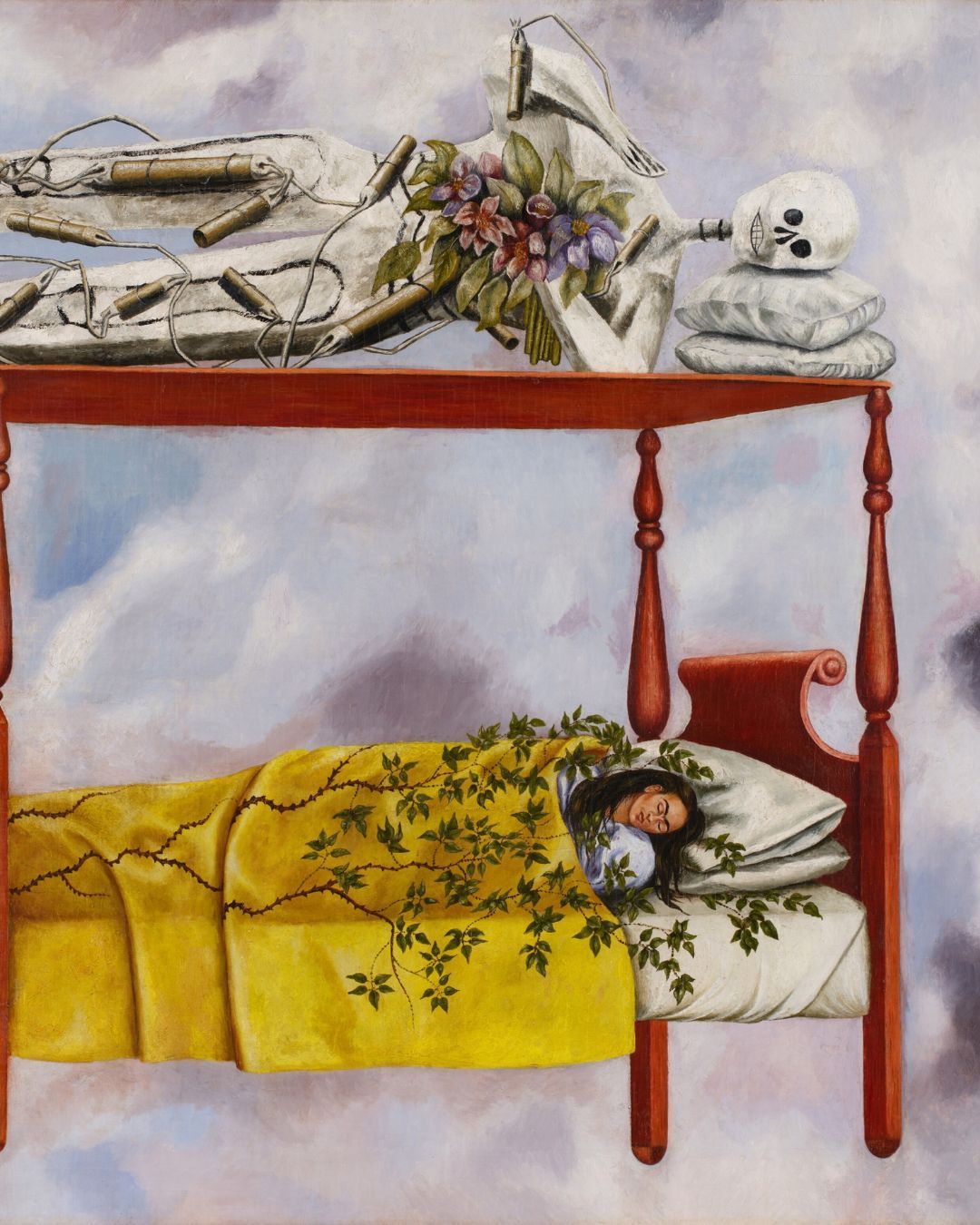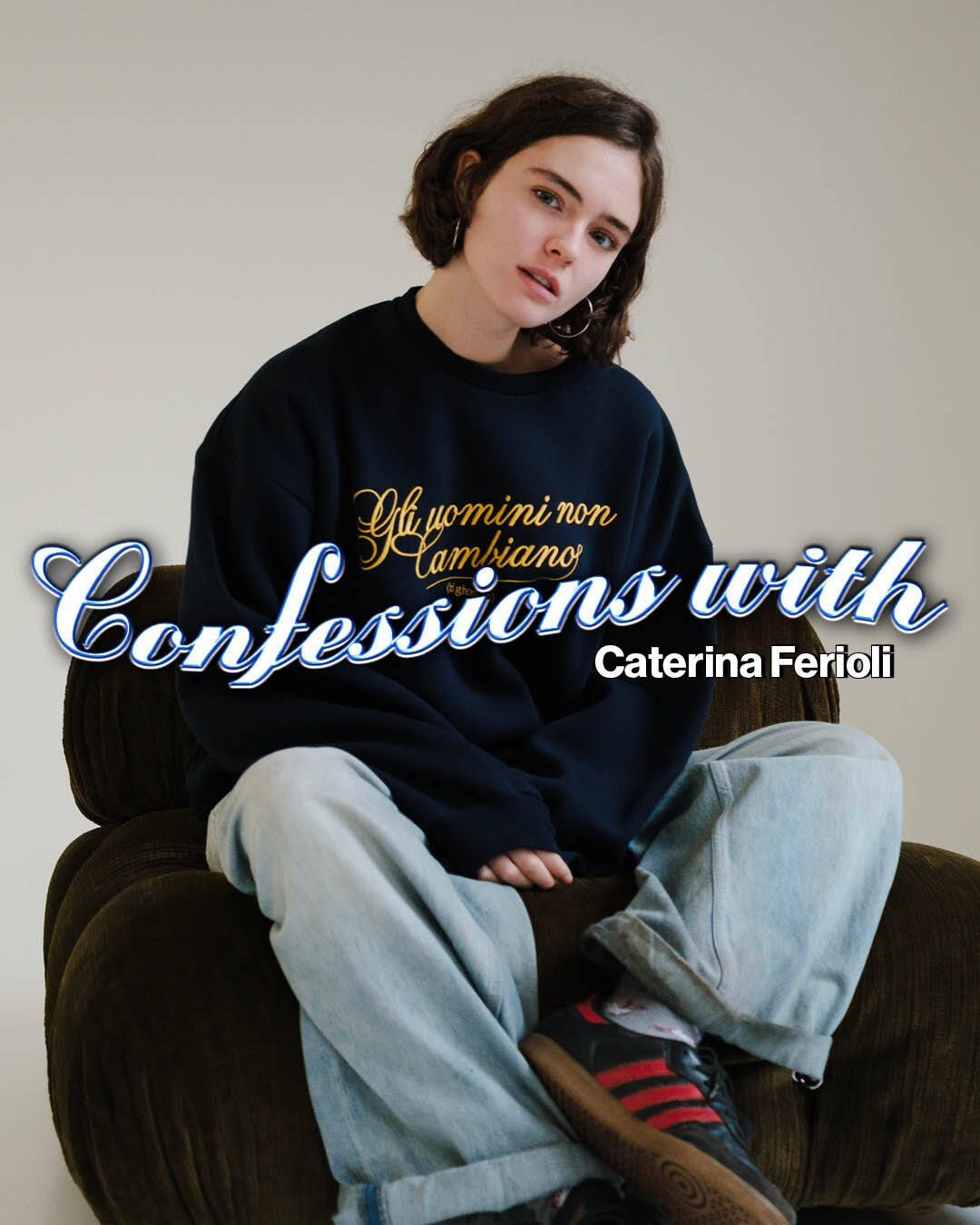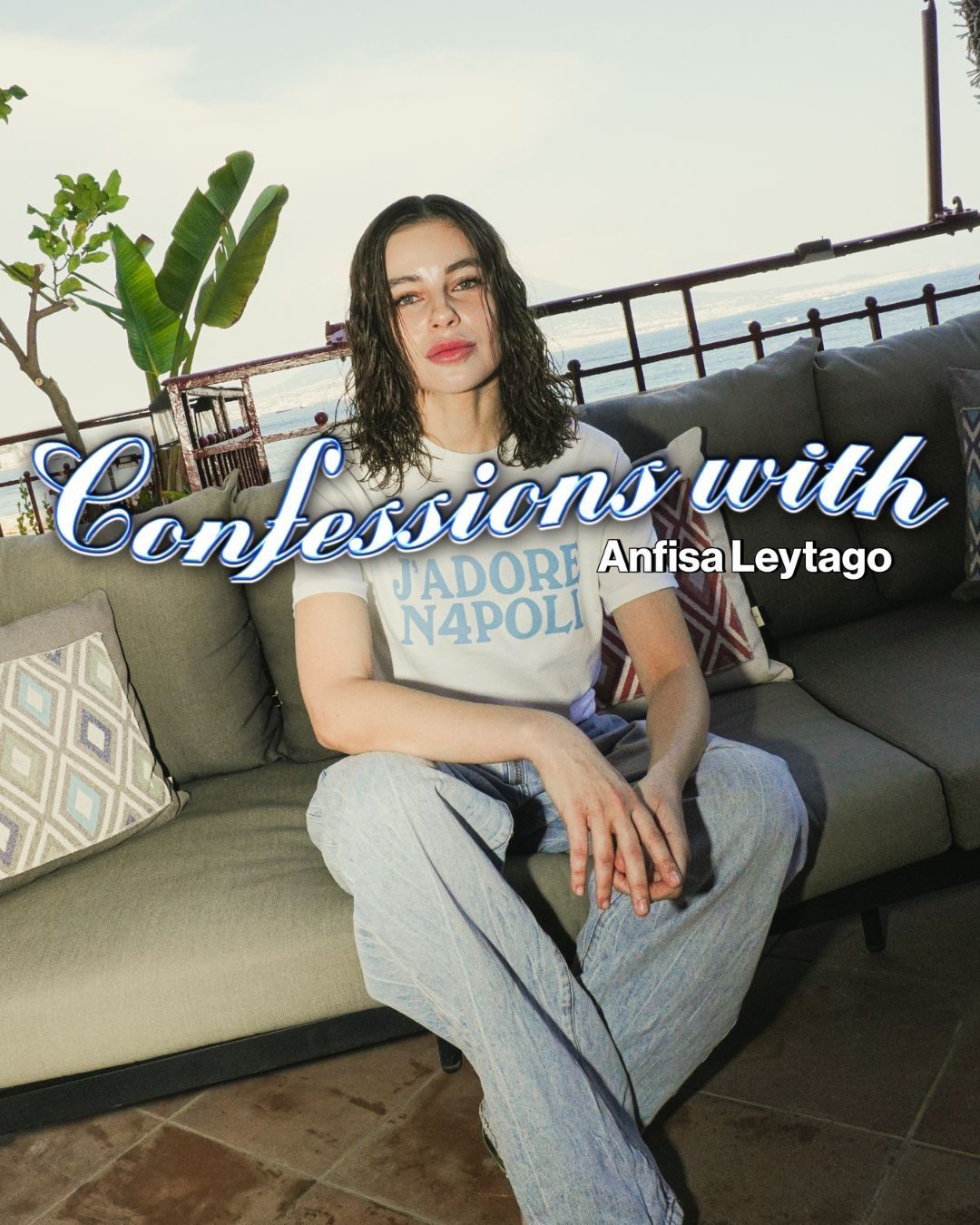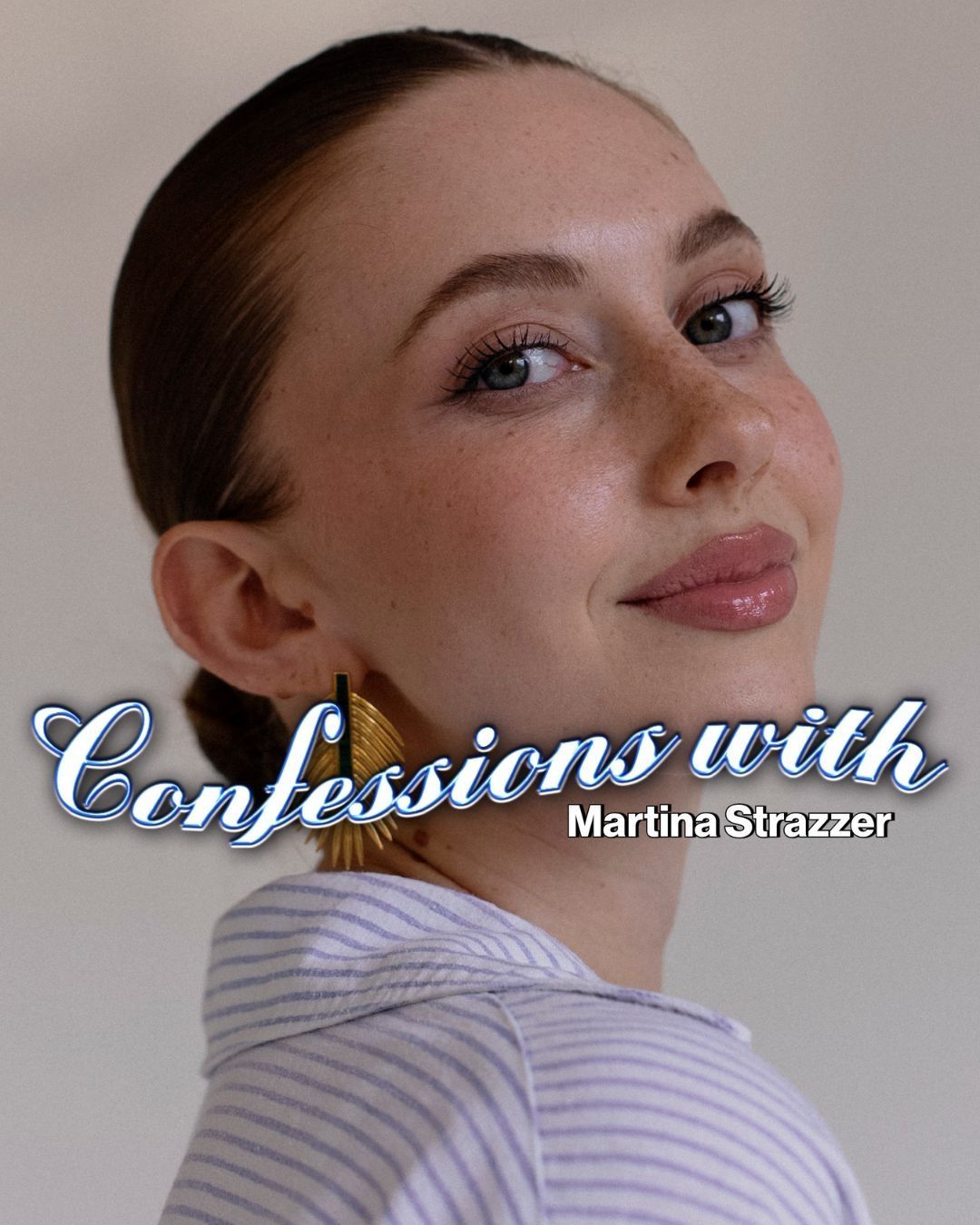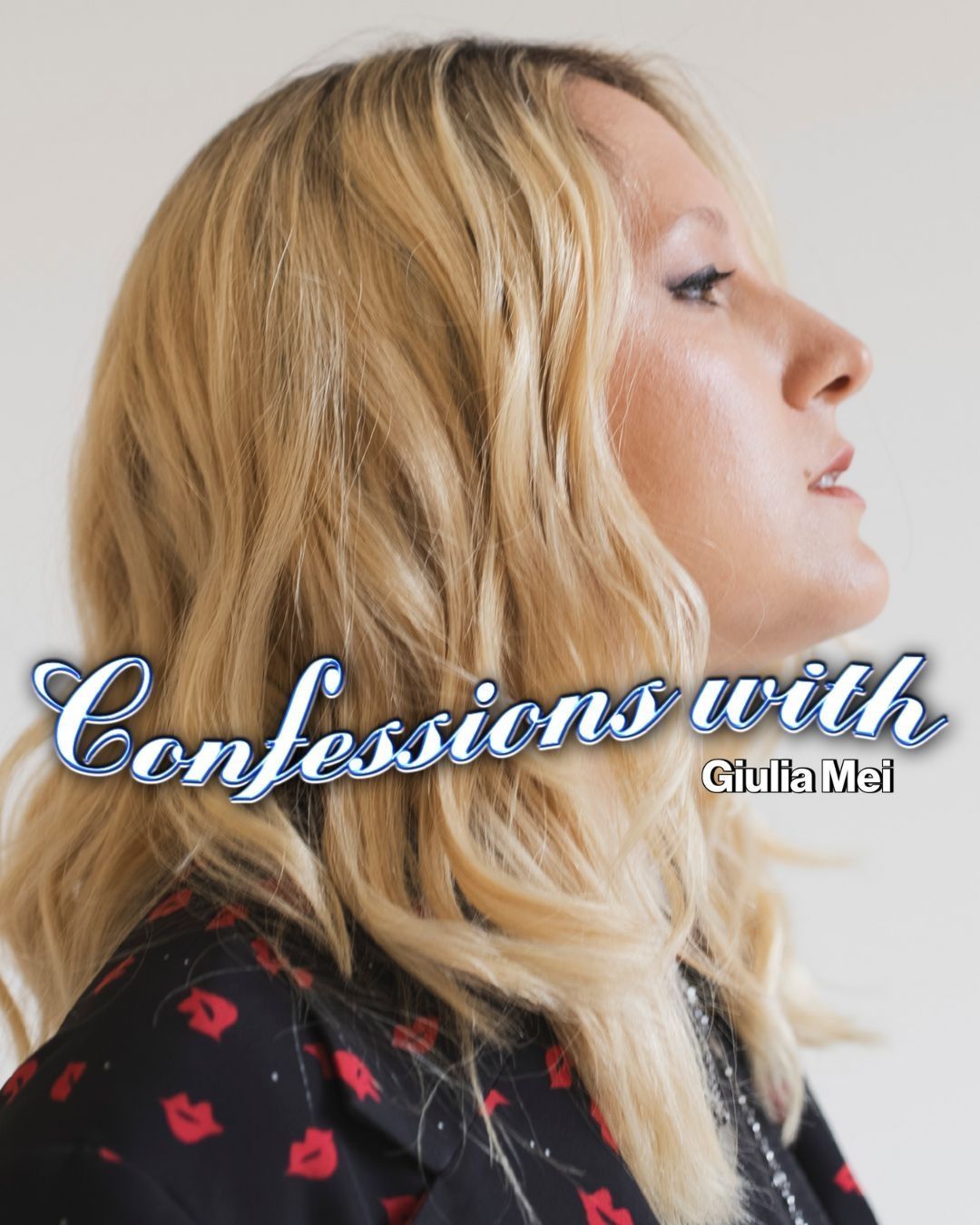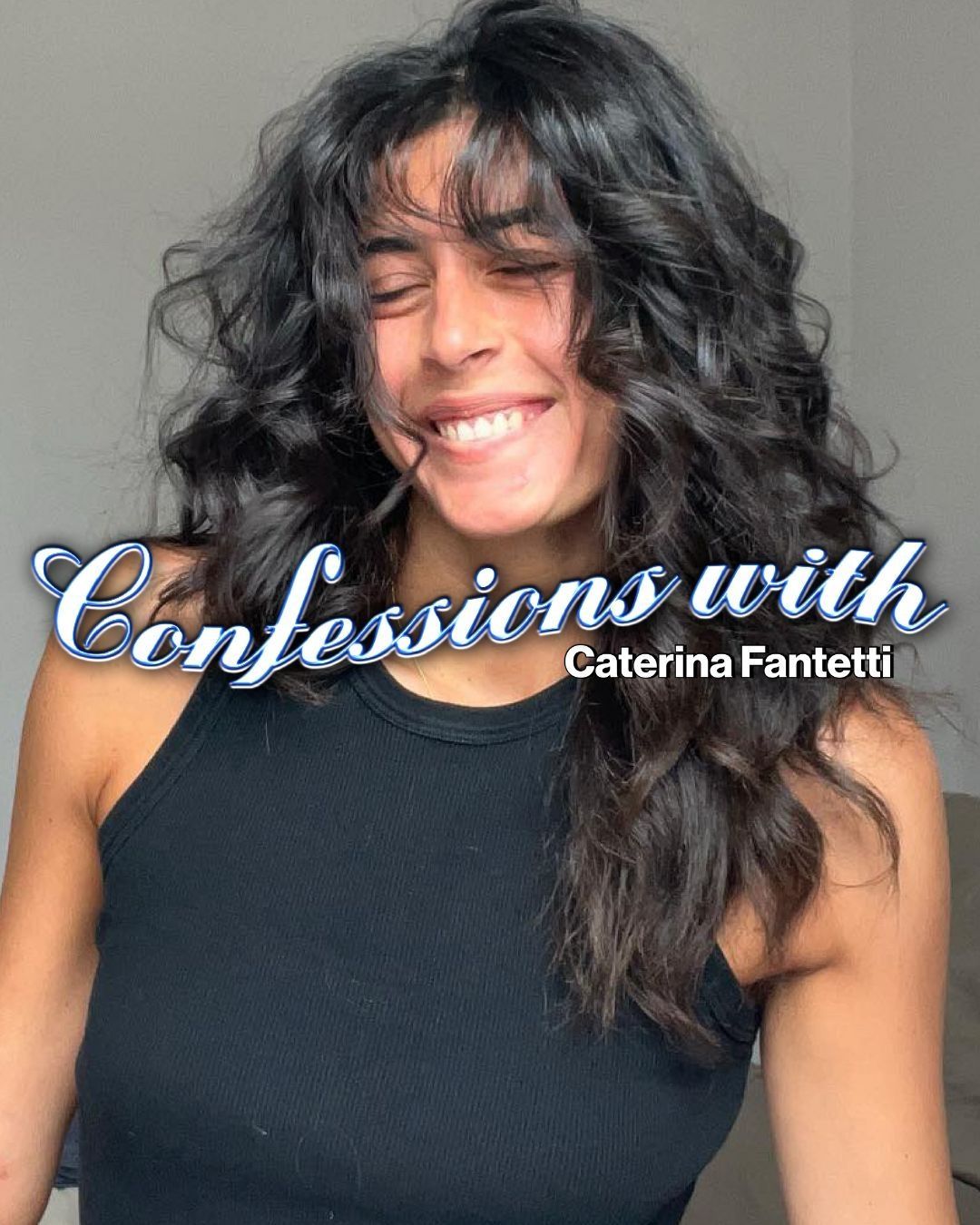
Caterina Fantetti: "Intersectionality leads us to put at the center those who are usually on the margins" Interview with the creative and co-founder of donnexstrada on feminism and intersectionality
Caterina Fantetti wears many hats. At just 28 years old, she’s a criminologist, co-founder of donnexstrada, writer, and creative mind behind Santo Manifesto. As part of a media partnership with Orgoglio di Porta Venezia, we sat down with her for a chat. The central themes of our conversation were representation, feminism, and intersectionality, topics Caterina explores deeply through both her work and activism. Our interview is full of insights and exchanges, so we’re sharing it just as it is, transcribed with as few edits as possible.
Interview with Caterina Fantetti, creative and co-founder of Donnexstrada
The work of donnexstrada is a clear example of how feminism can become practical support. What do you think makes this project unique?
Donnexstrada is an association against gender-based violence, focused on street safety. It reflects a form of practical and accessible feminism. From the very beginning, we’ve tried to offer real, tangible tools. I think that’s exactly what makes us unique.
How are you working to make street safety more accessible to people from migrant backgrounds, with disabilities, or part of the LGBTQIA+ community?
Talking about safety without also talking about accessibility and inclusivity today is like saying you want to build a castle, but then making it out of sand. So, in order to build a world - a culture, a society - that is as safe as possible, it first has to be inclusive and above all accessible. To date, donnexstrada has translated its informational materials into languages beyond Italian. We actively collaborate with various collectives dedicated to LGBTQIA+ rights, and recently we’ve also been working on ways to make our materials and digital platforms even more accessible.
How would you define intersectional feminism in today’s Italian context? What are its core values for you?
Intersectional feminism is a political and social approach that sees how different forms of oppression don’t act in isolation, but are interconnected. For example, when we deal with gender-based violence, there’s often a clear connection to race, sexuality, sexual orientation, or a person’s disability. So, I’d say the pillars of intersectional feminism are the interconnection of oppressions, inclusivity, and solidarity.
Within donnexstrada, how do you apply an intersectional approach in practice and not just in theory? What challenges does it present?
Intersectionality is like a magnifying glass that helps us see who is least safe. Applying intersectionality means constantly asking ourselves who we’re reaching, who we’re not reaching, and why we’re not reaching them. At that point, it’s not about doing more than we’re already doing, it’s actually about doing things differently. So, intersectionality pushes us to center those who are usually left on the margins.
How important is it, in your opinion, that those doing intersectional feminist activism also address class, race, and neurodivergence?
A feminism that doesn’t take class, race, and neurodivergence into account is a feminism that only speaks to part of us. So yes, it’s absolutely essential. Because without considering those elements, feminism risks becoming not a movement for liberation, but a movement of exclusion.
What does activism mean to you in 2025, especially in a society where patriarchal backlash is increasingly visible, even in mainstream media? How does it tie into your creative work?
Activism in 2025, to me, simply means engaging every day with a reality that is incredibly complex and, above all, challenging. Activism today isn’t the answer to a problem - it’s a daily practice of resistance that we hope will lead to a broader transformation. From activism also comes another powerful current: creative activism. Creative activism is a powerful way to inform, raise awareness, and mobilize people. Personally, through my writing, poetry, and design work, I pay close attention to the words I choose, the images I use, hoping to create a space for reflection. And in that space, I sincerely hope there is no room for any form of oppression.
What do you dream of for the future of donnexstrada, intersectional feminism in Italy, and your own creativity?
For donnexstrada and for intersectional feminism, I hope for growth, absolutely. I hope we can expand our social impact and raise awareness. And for my creative work, I hope I’ll always be able to find the space and the way to exist.
How do you respond to people who say feminism in Italy has already achieved enough?
Feminism hasn’t achieved enough. If it had, we wouldn’t still have so much work to do. I’d say that feminism fighting for all forms of identity hasn’t even reached the basics for many people. Until autonomy is guaranteed, until safety and freedom are real - and truly for everyone - then it’s not enough.
If you could change one thing in public discourse around gender in Italy, what would it be?
The first thing I’d change is the narrative around gender-based violence, which must shift from an individual emergency to a systemic and cultural issue. As long as we keep treating femicide as a crime of passion, or abuse and harassment as isolated mistakes, we’re not really addressing anything. I say this because I truly believe that shifting responsibility away from victims and onto the system and culture could be one of the first real steps toward changing things.

